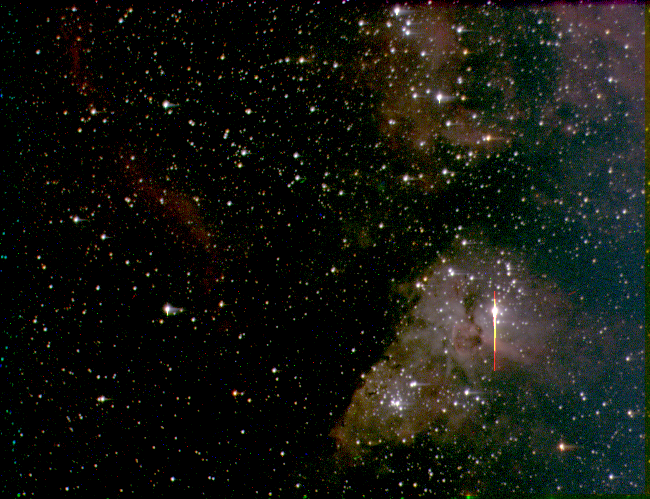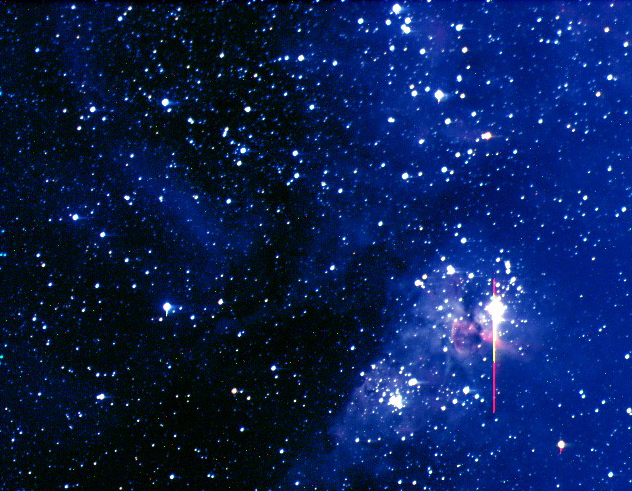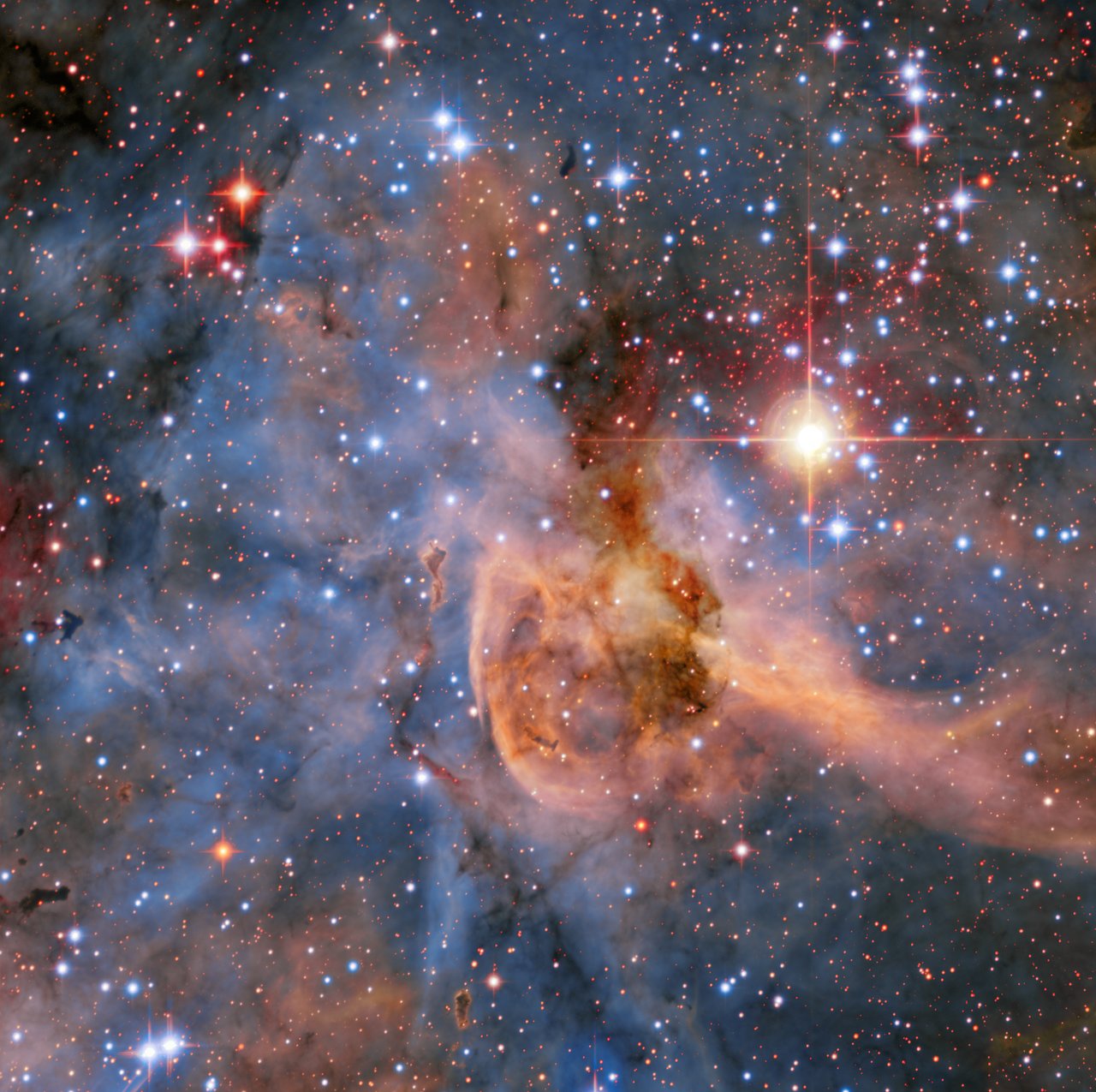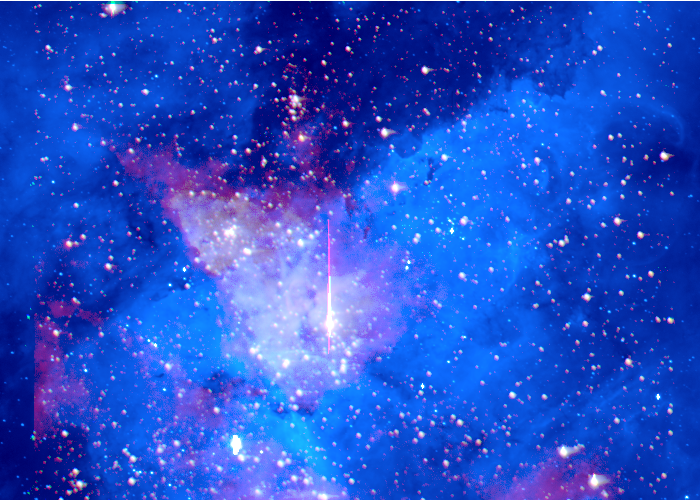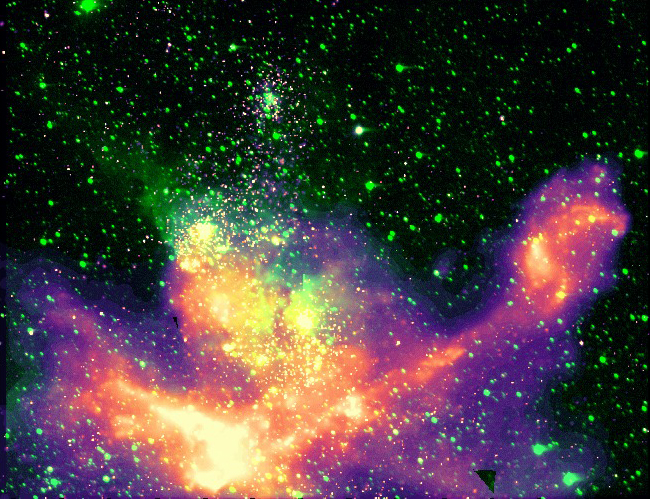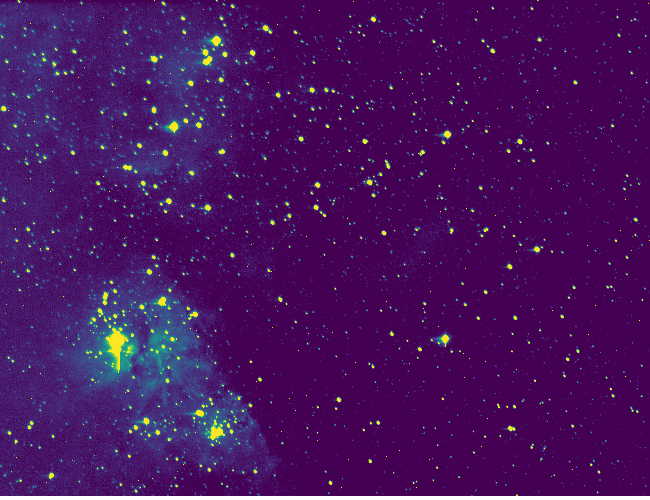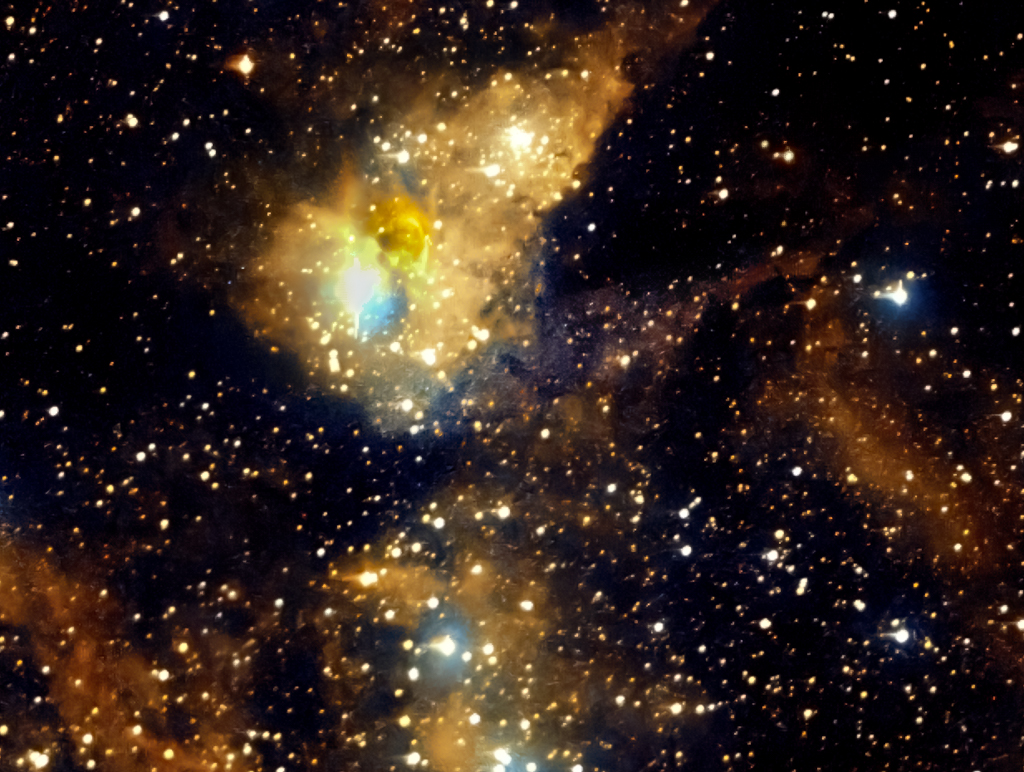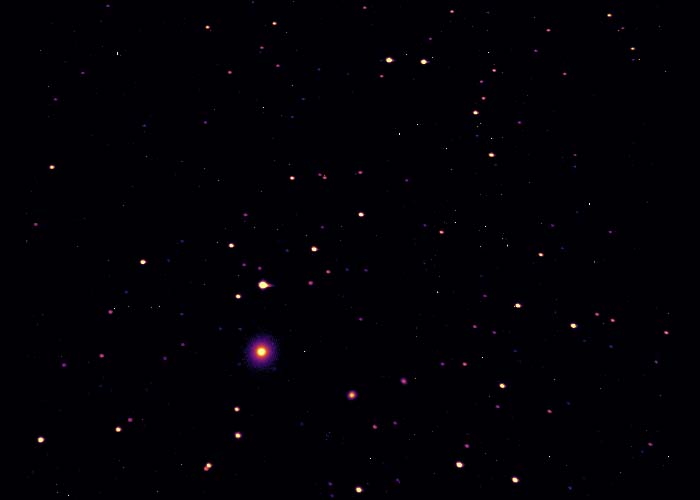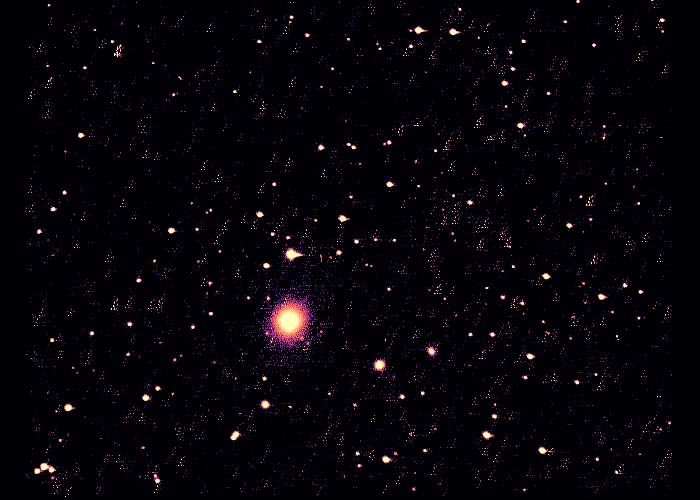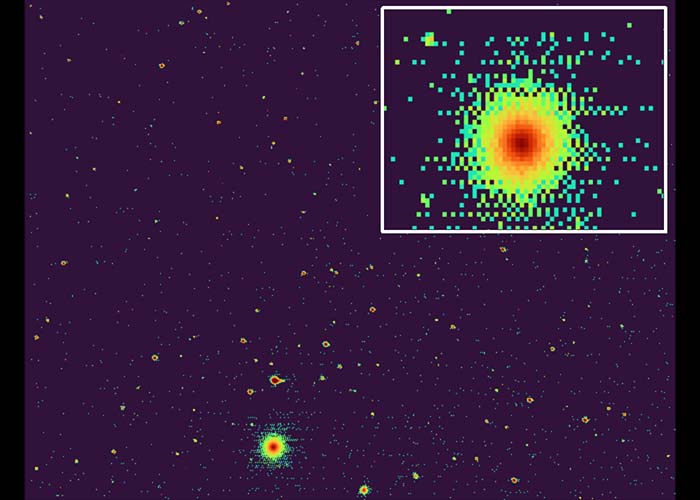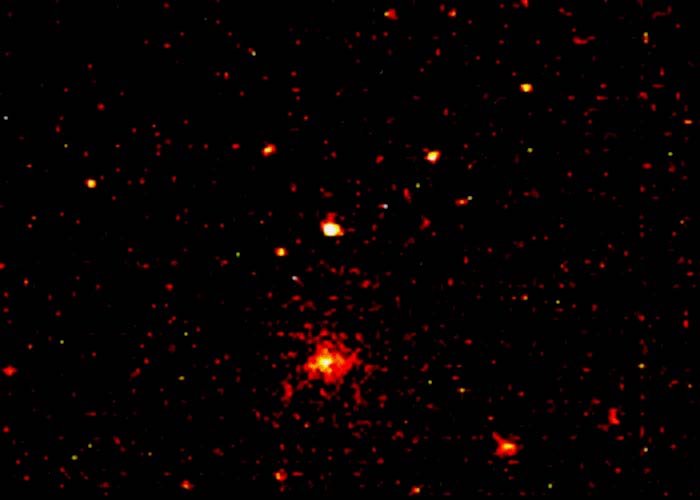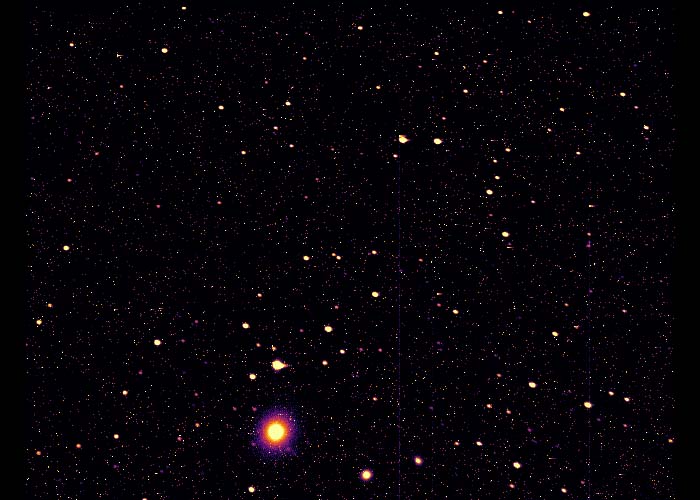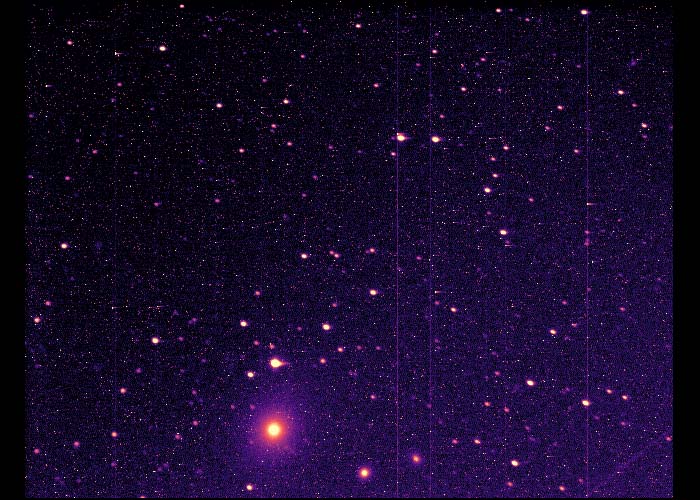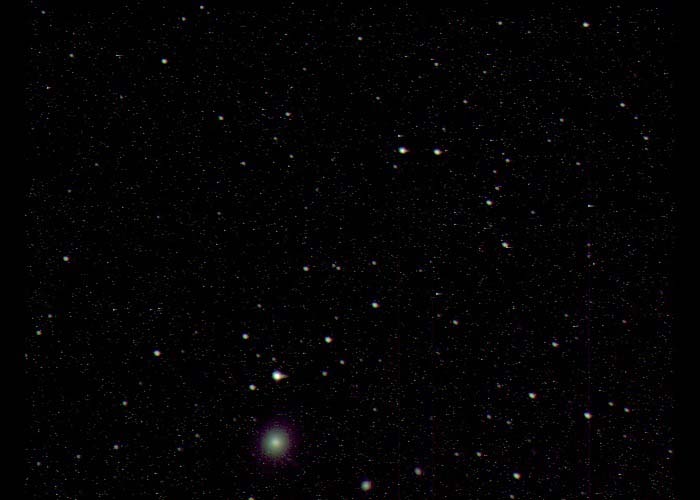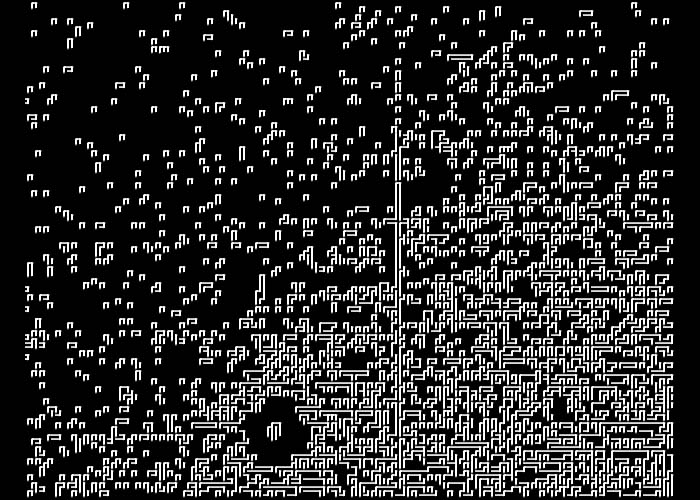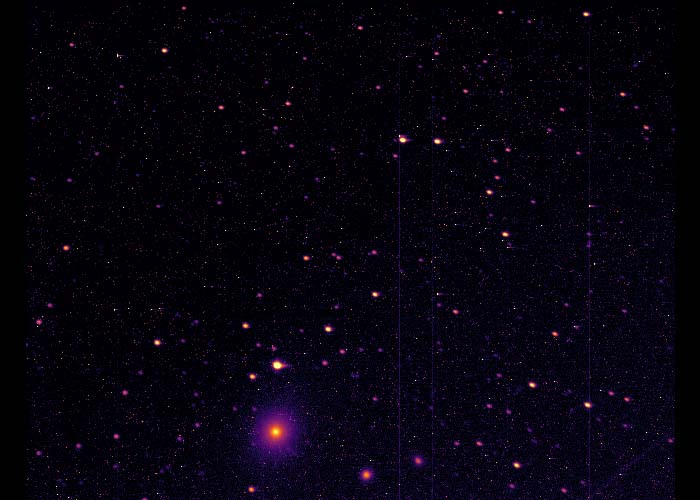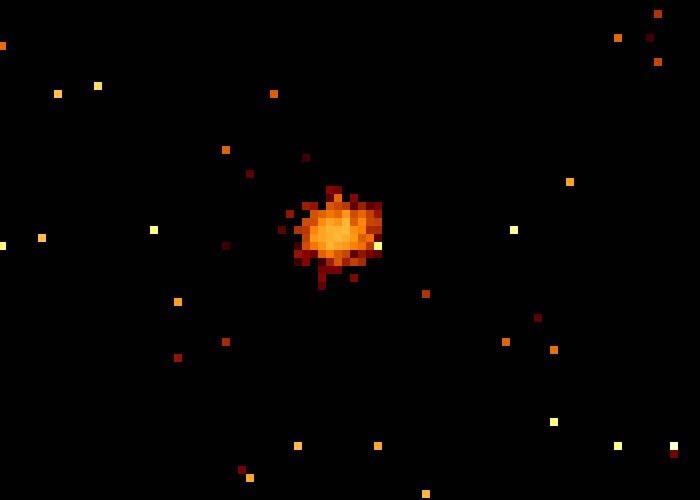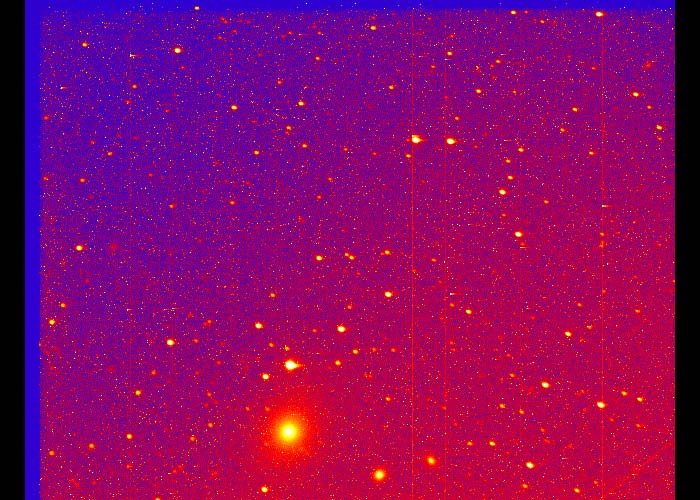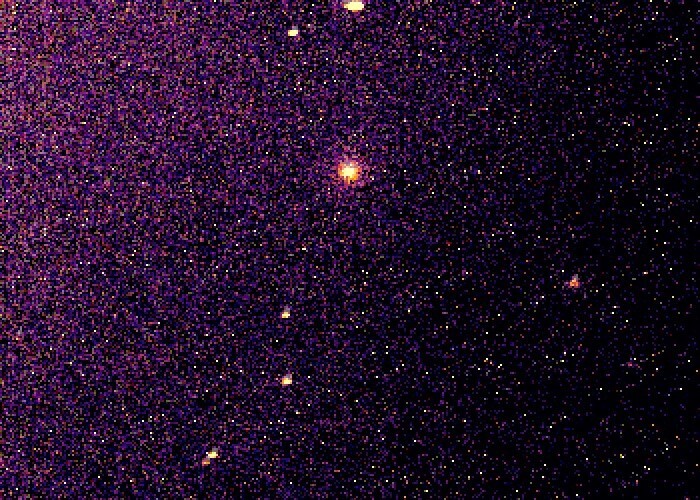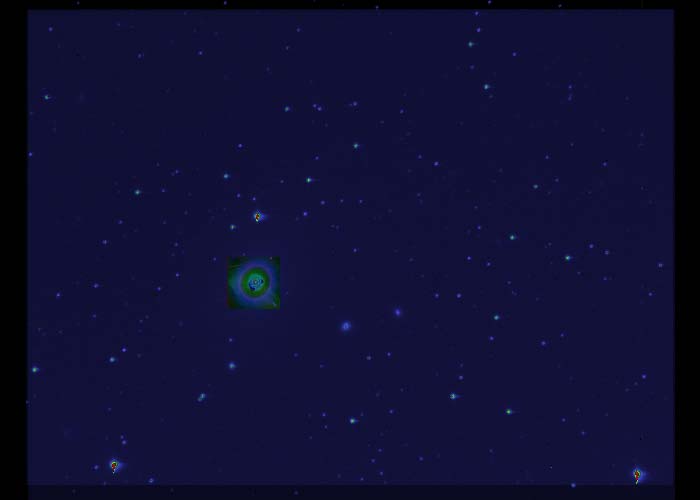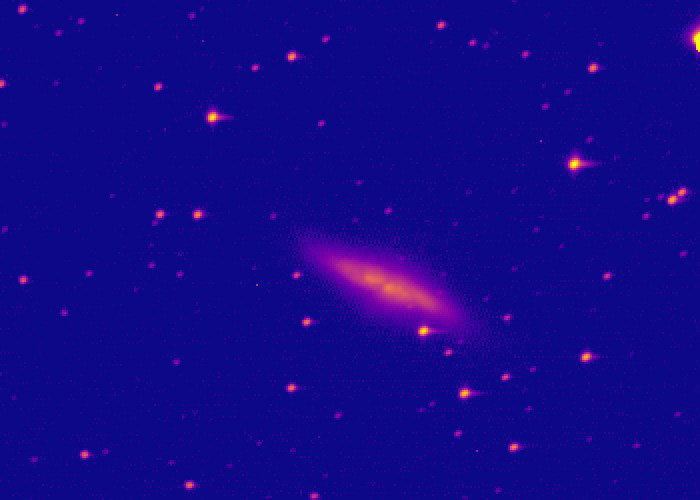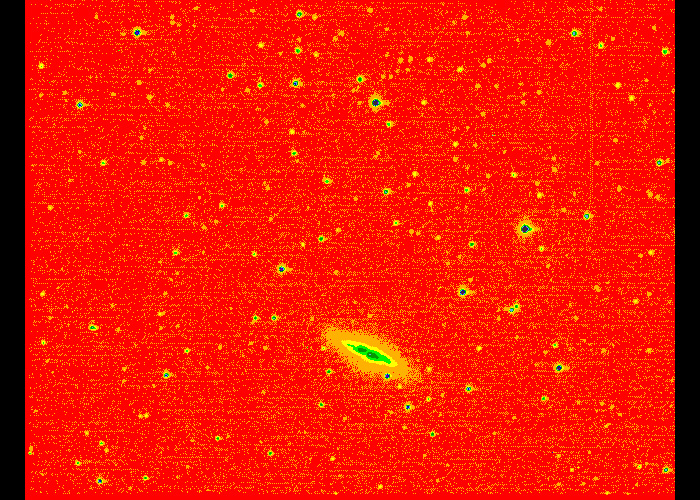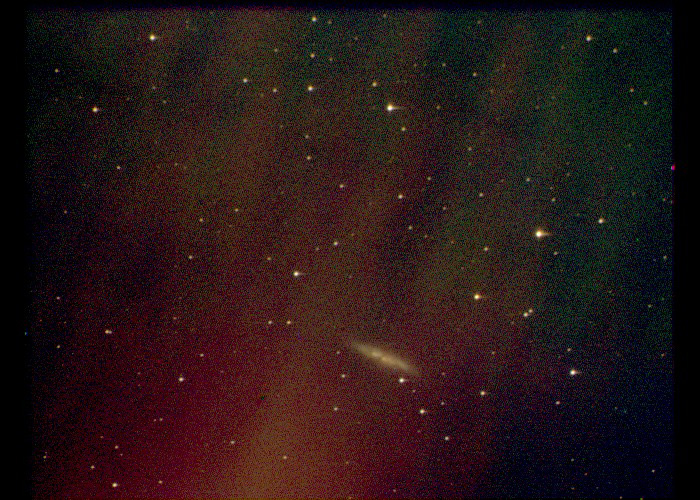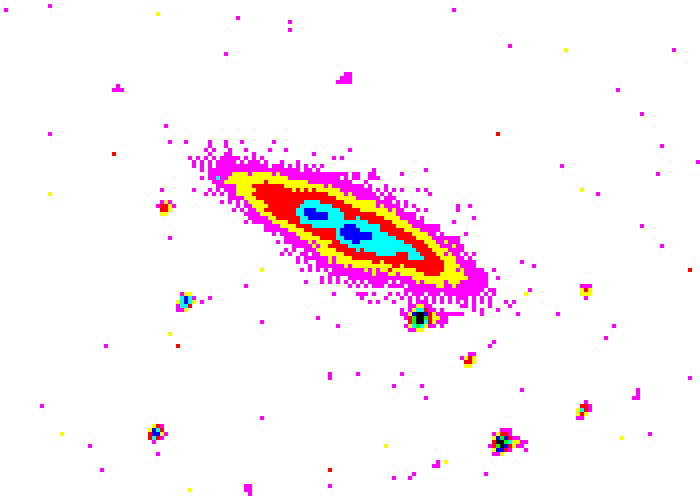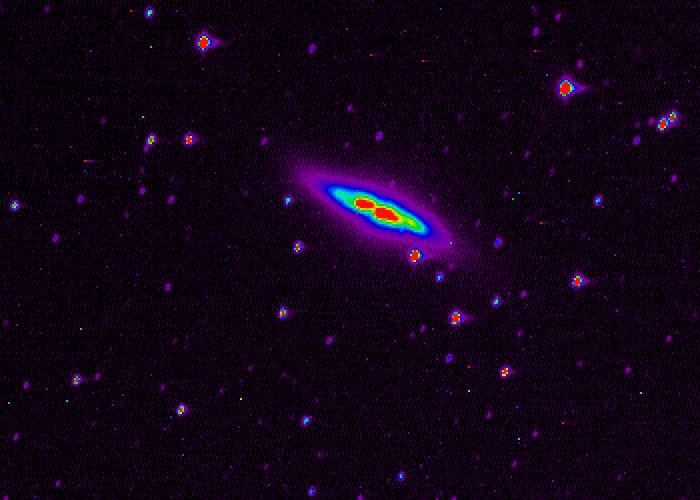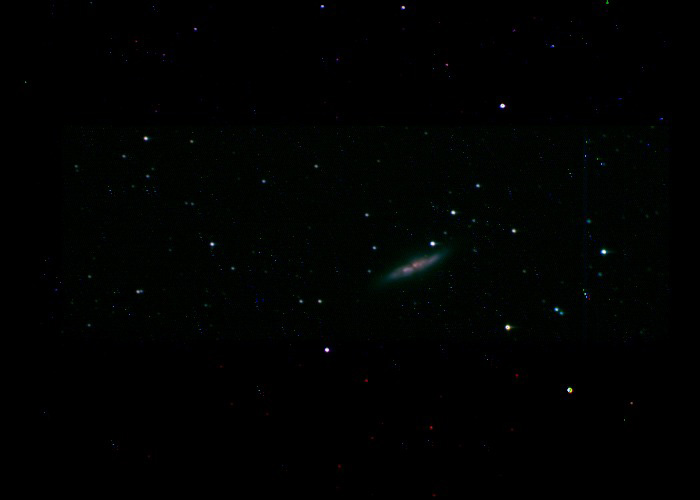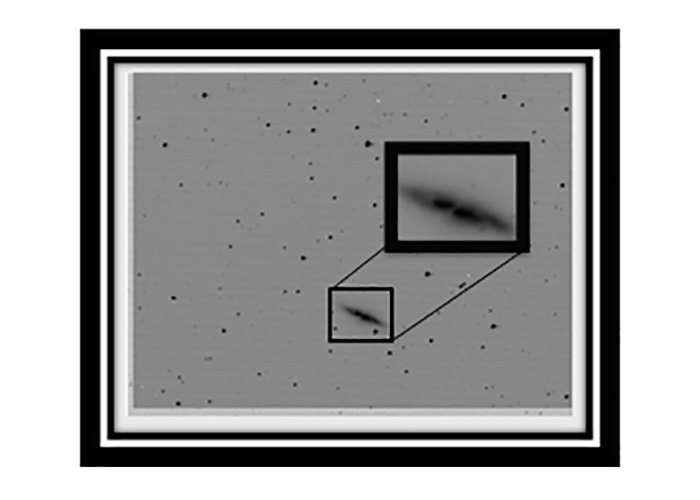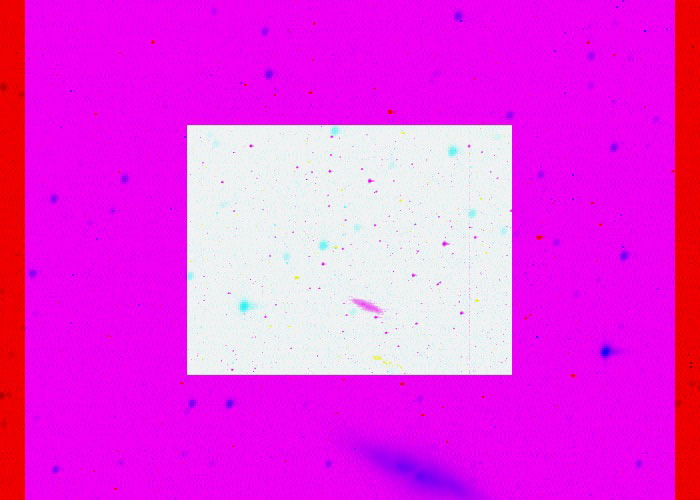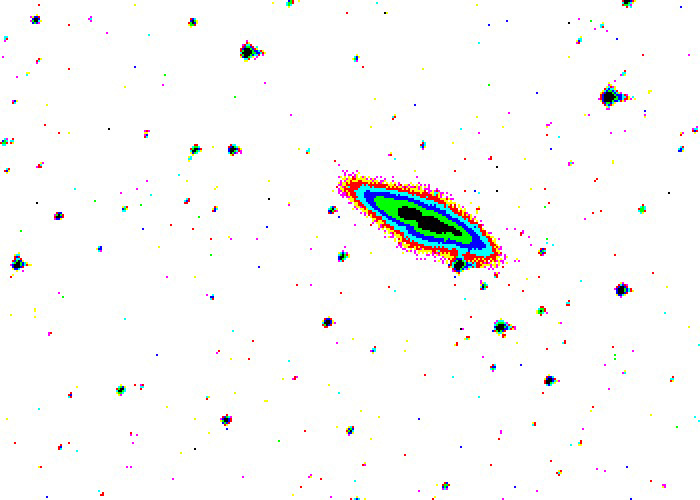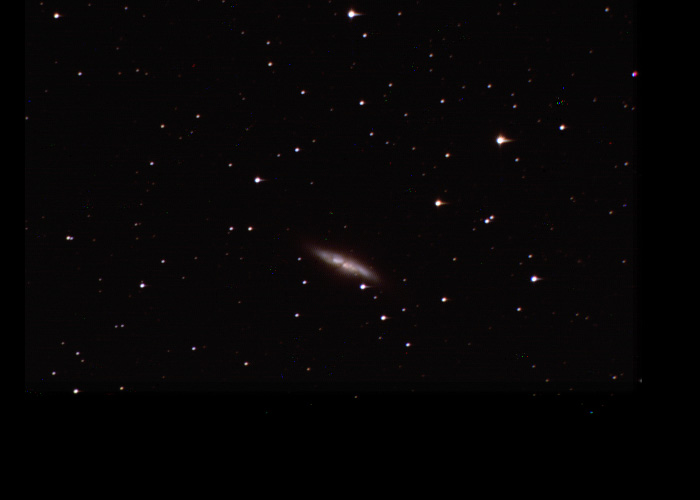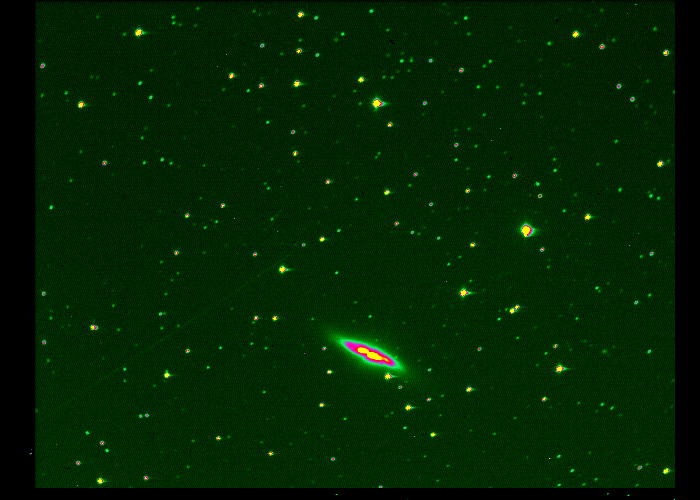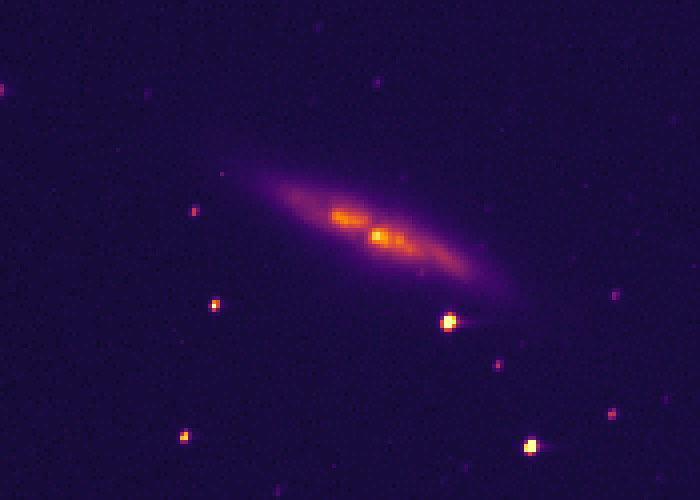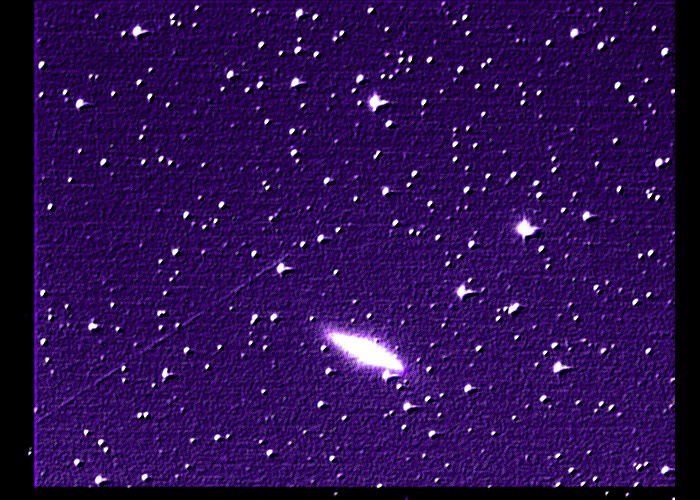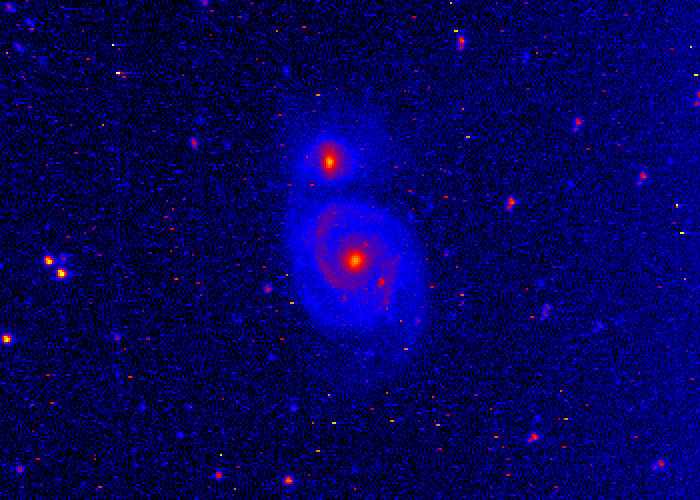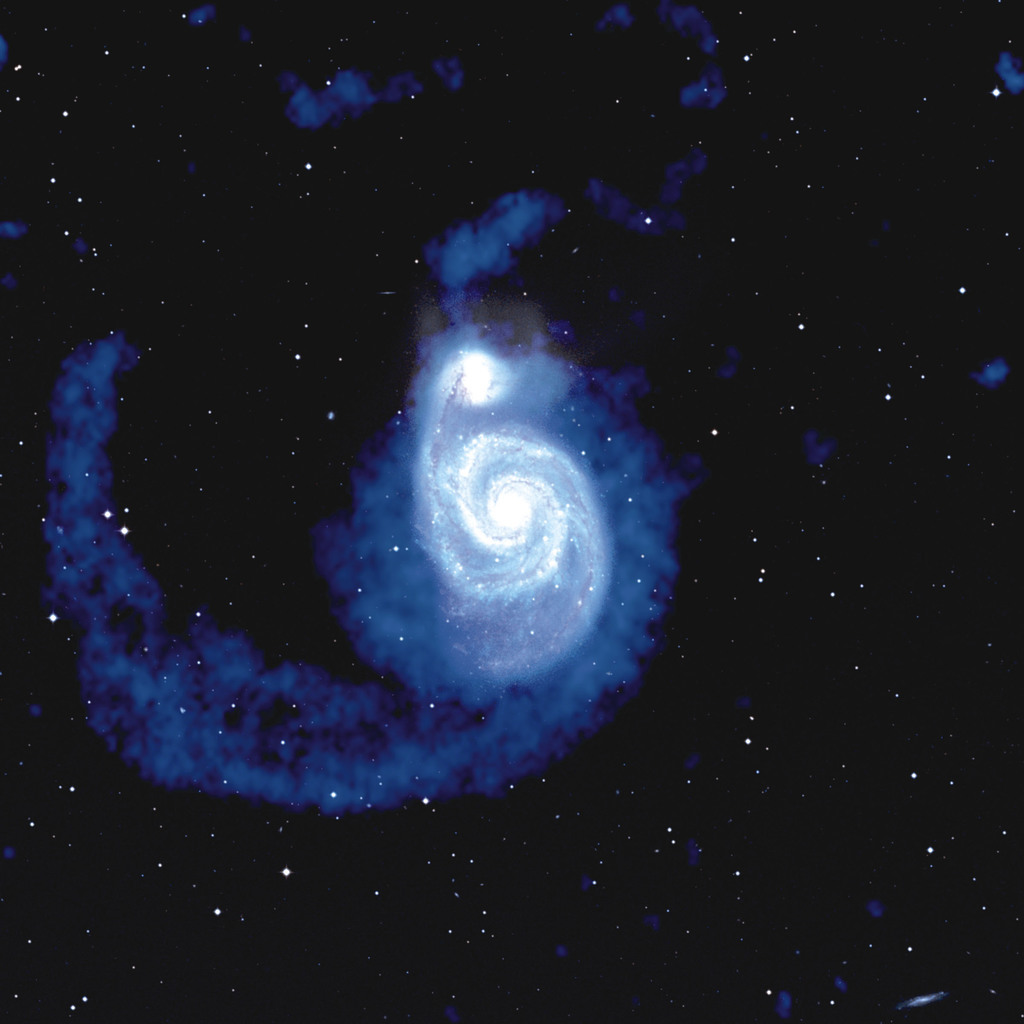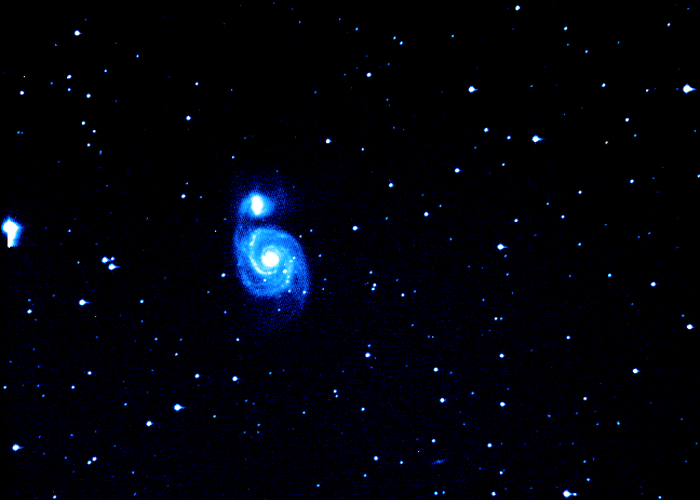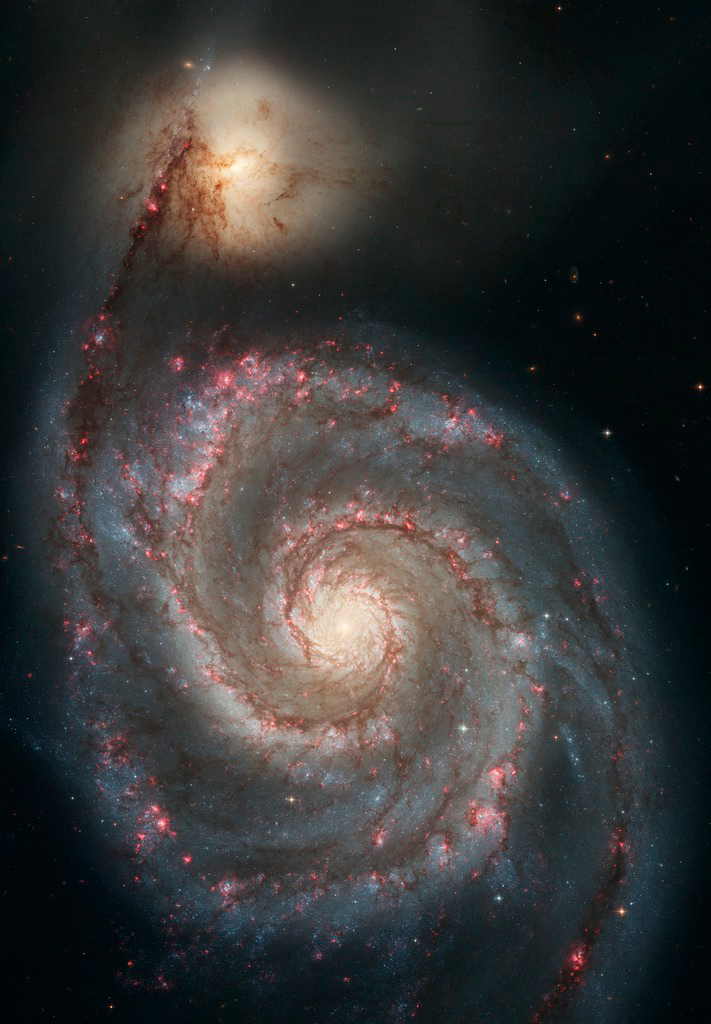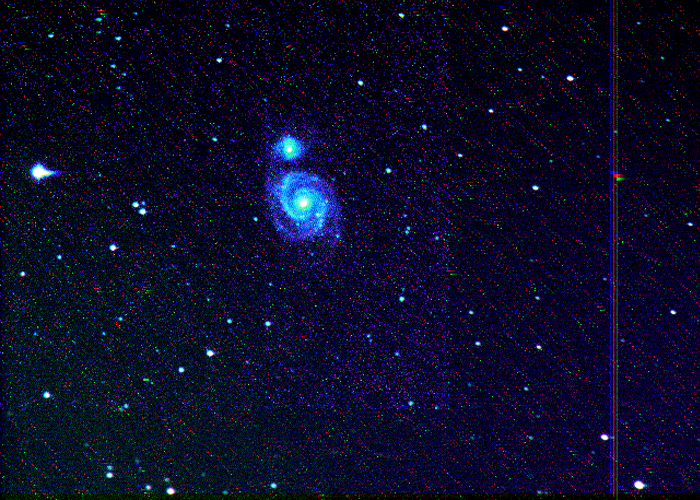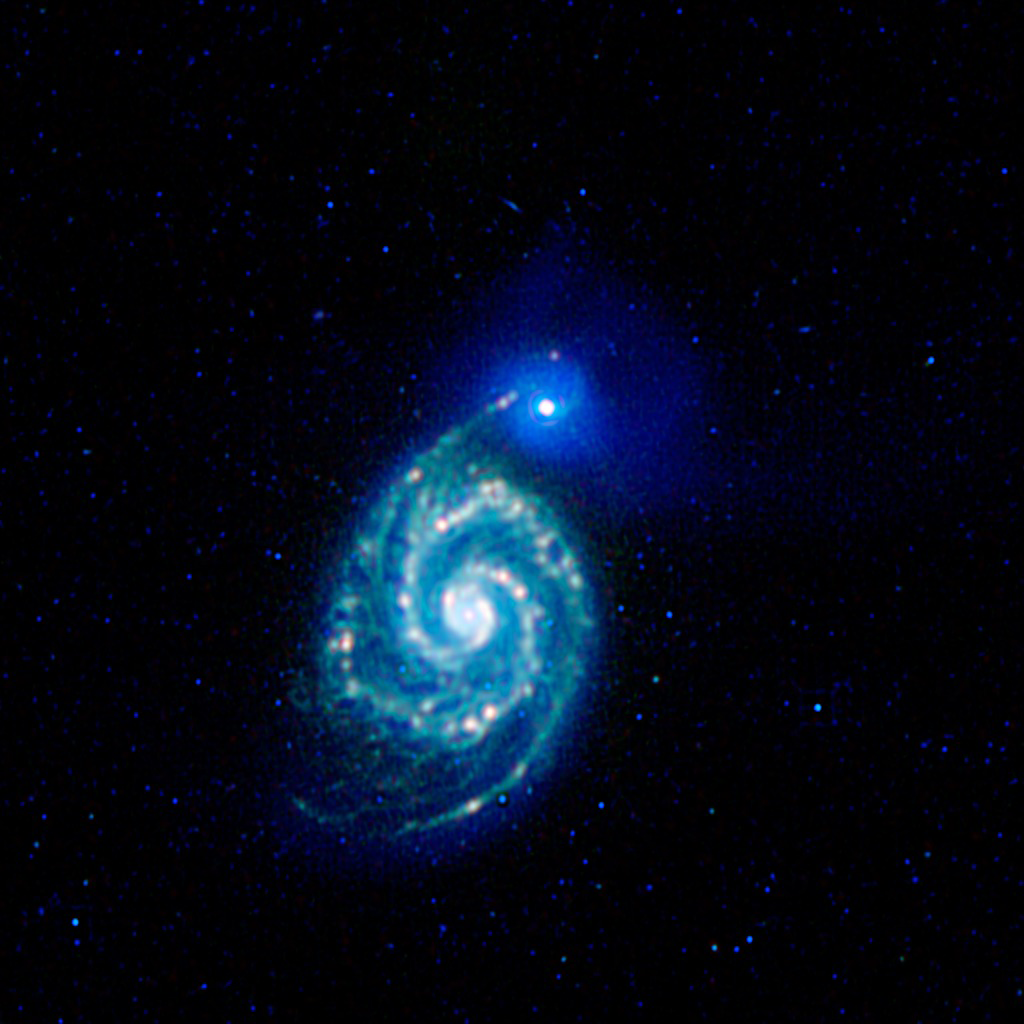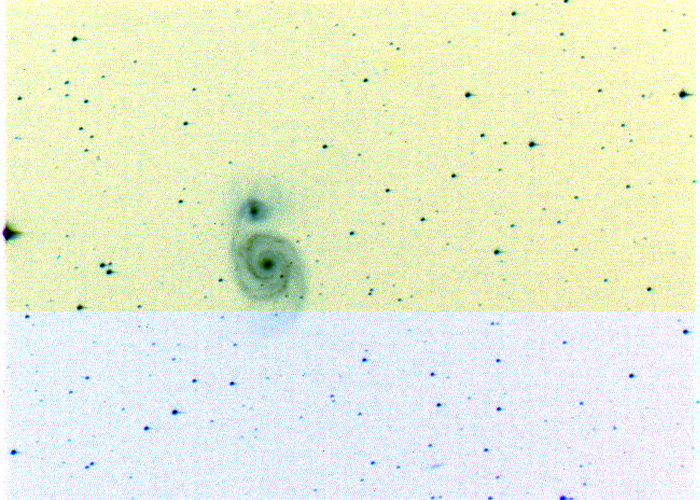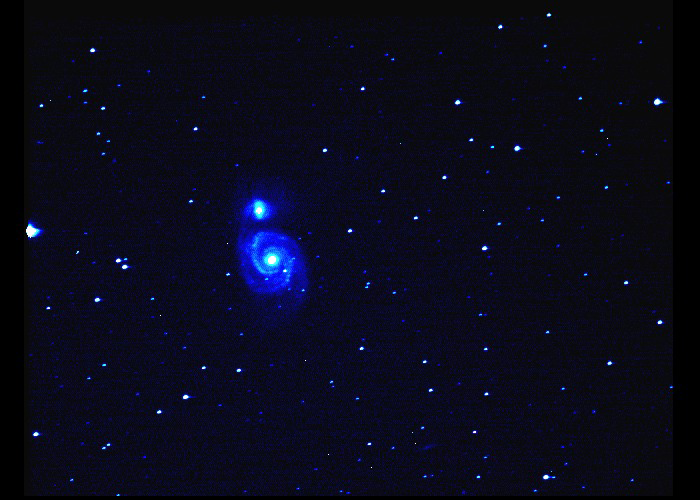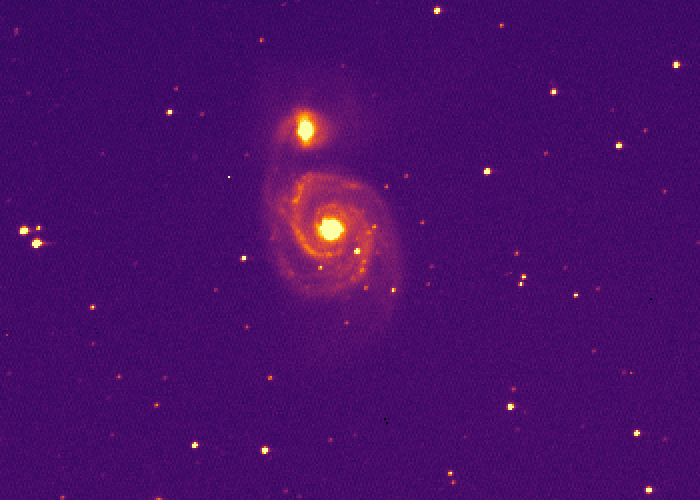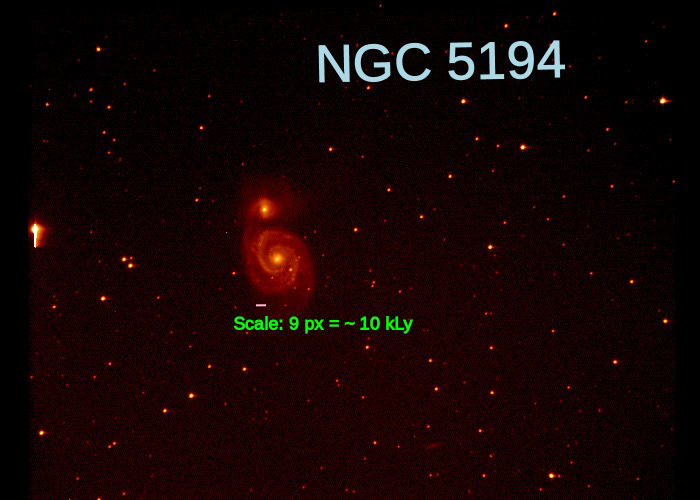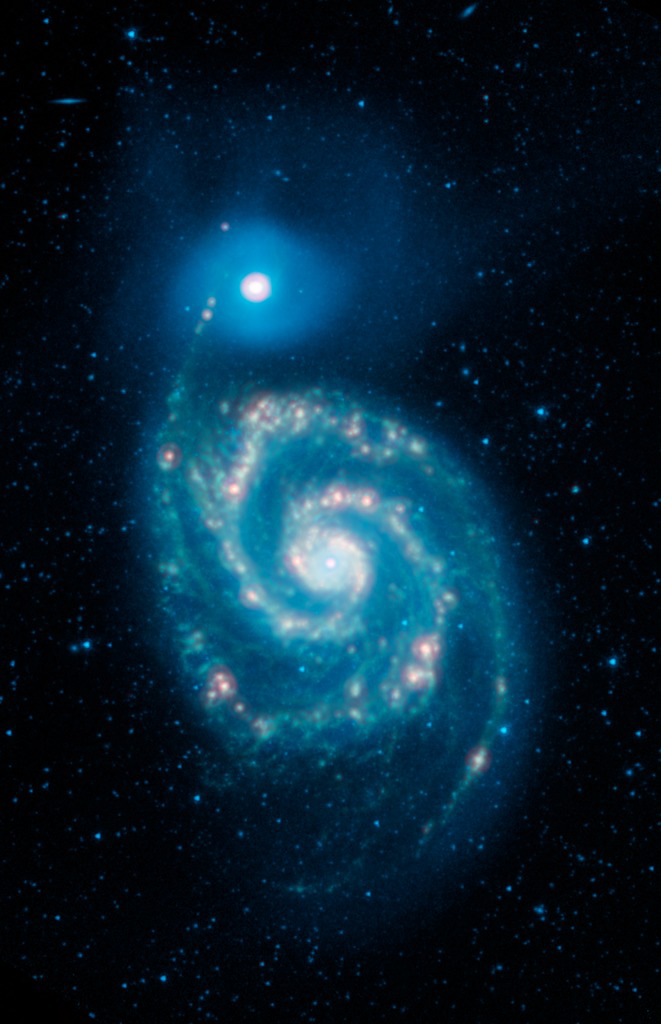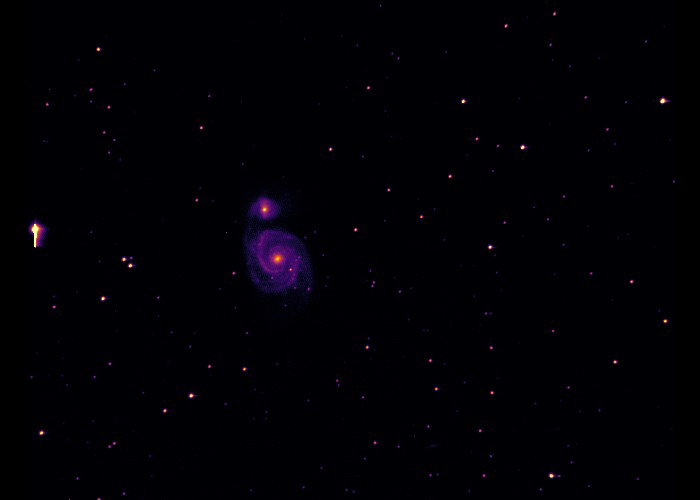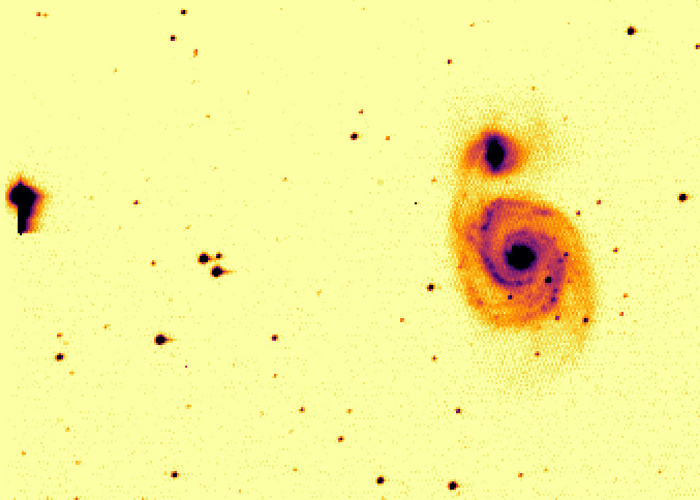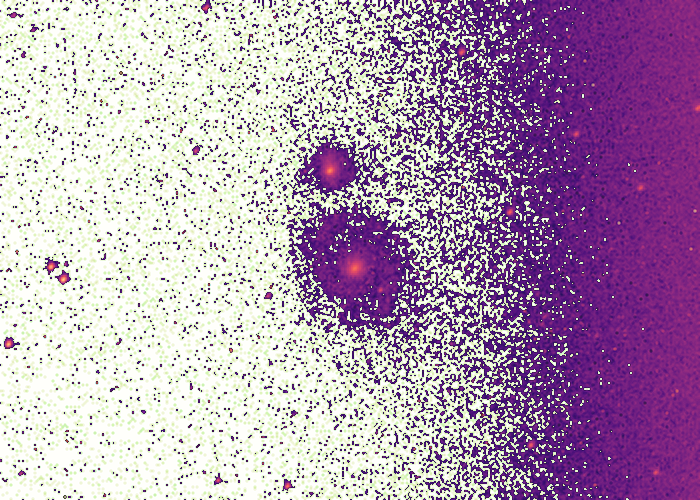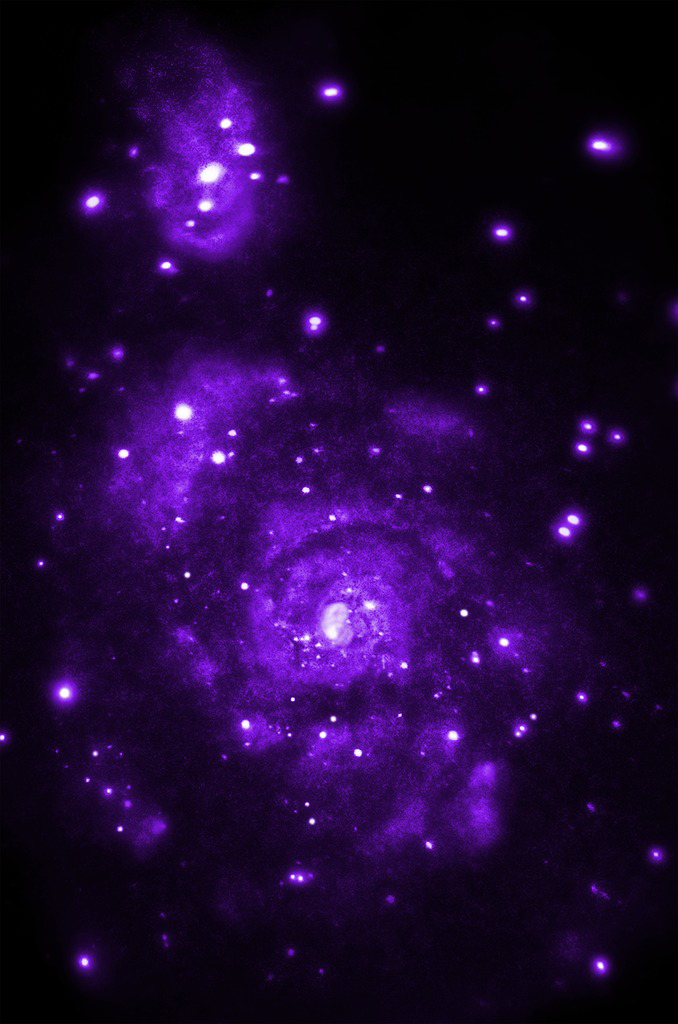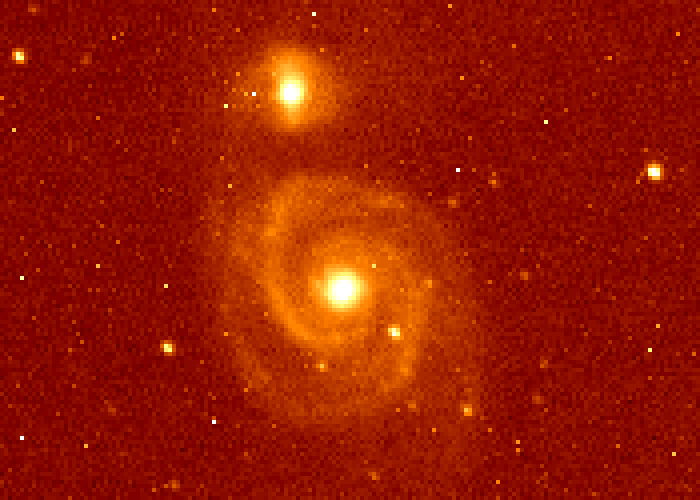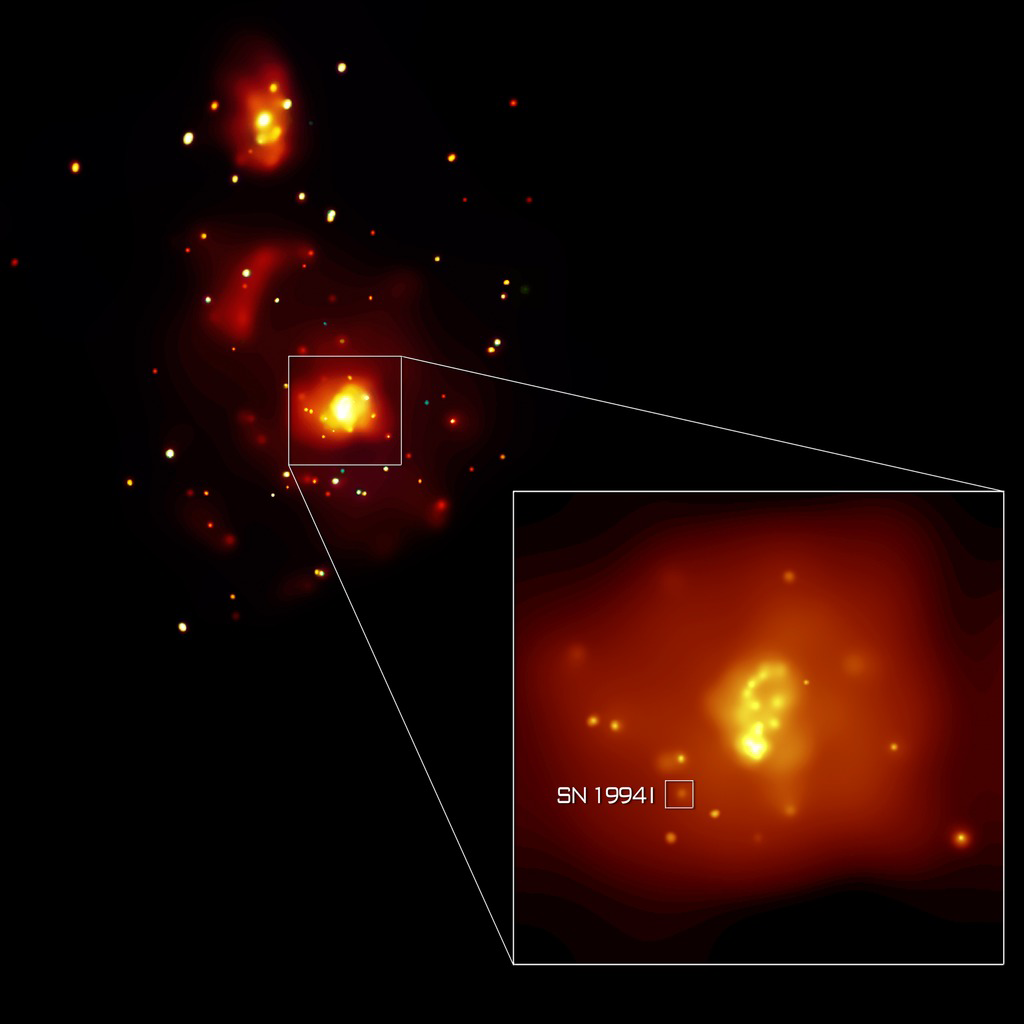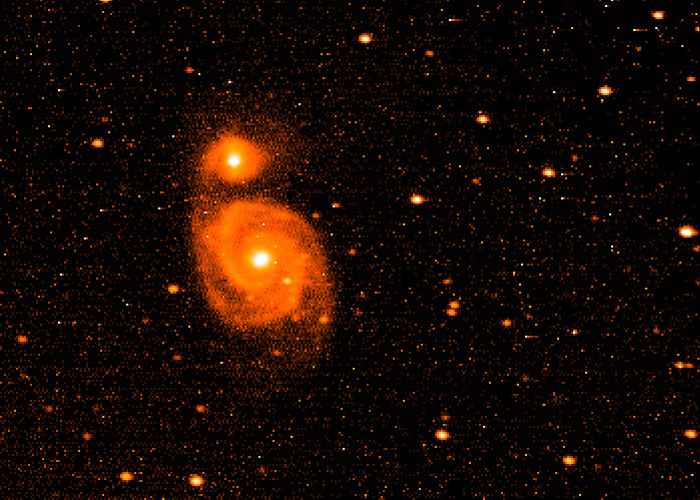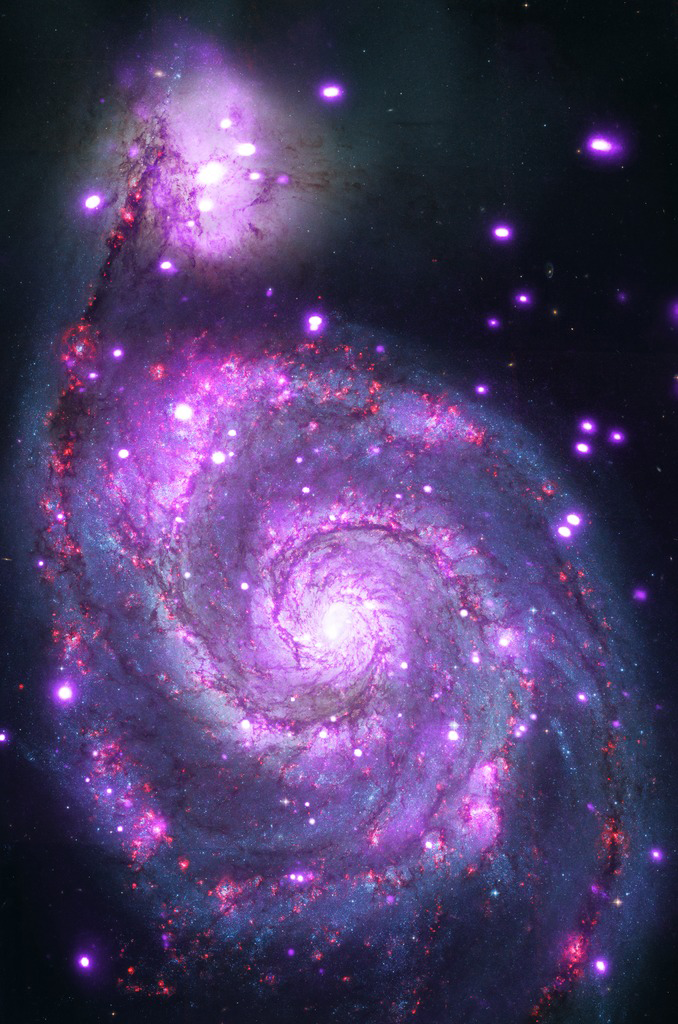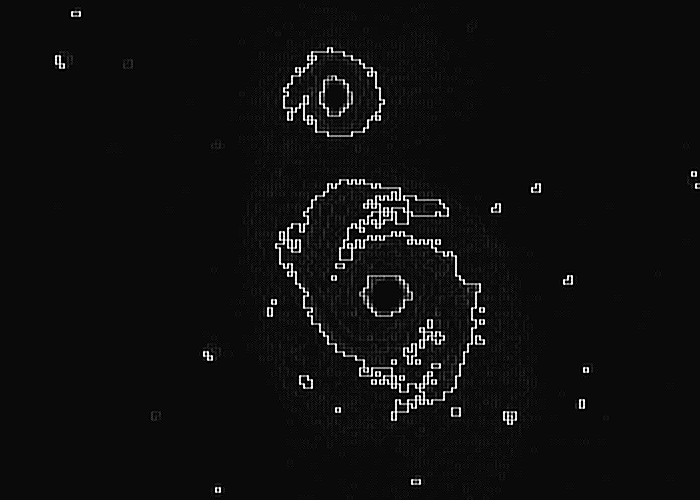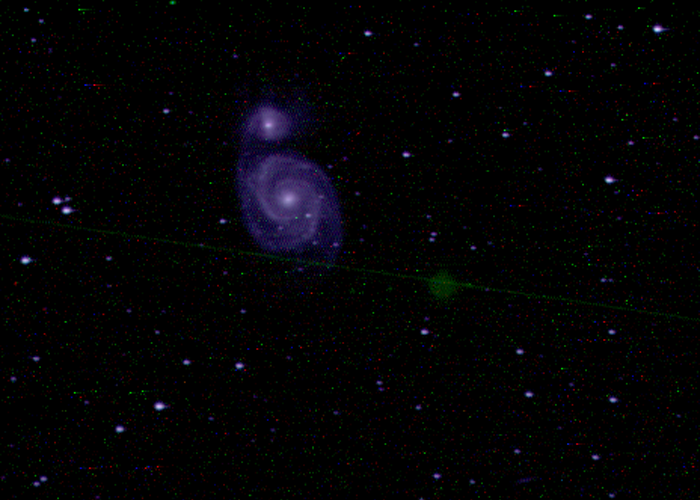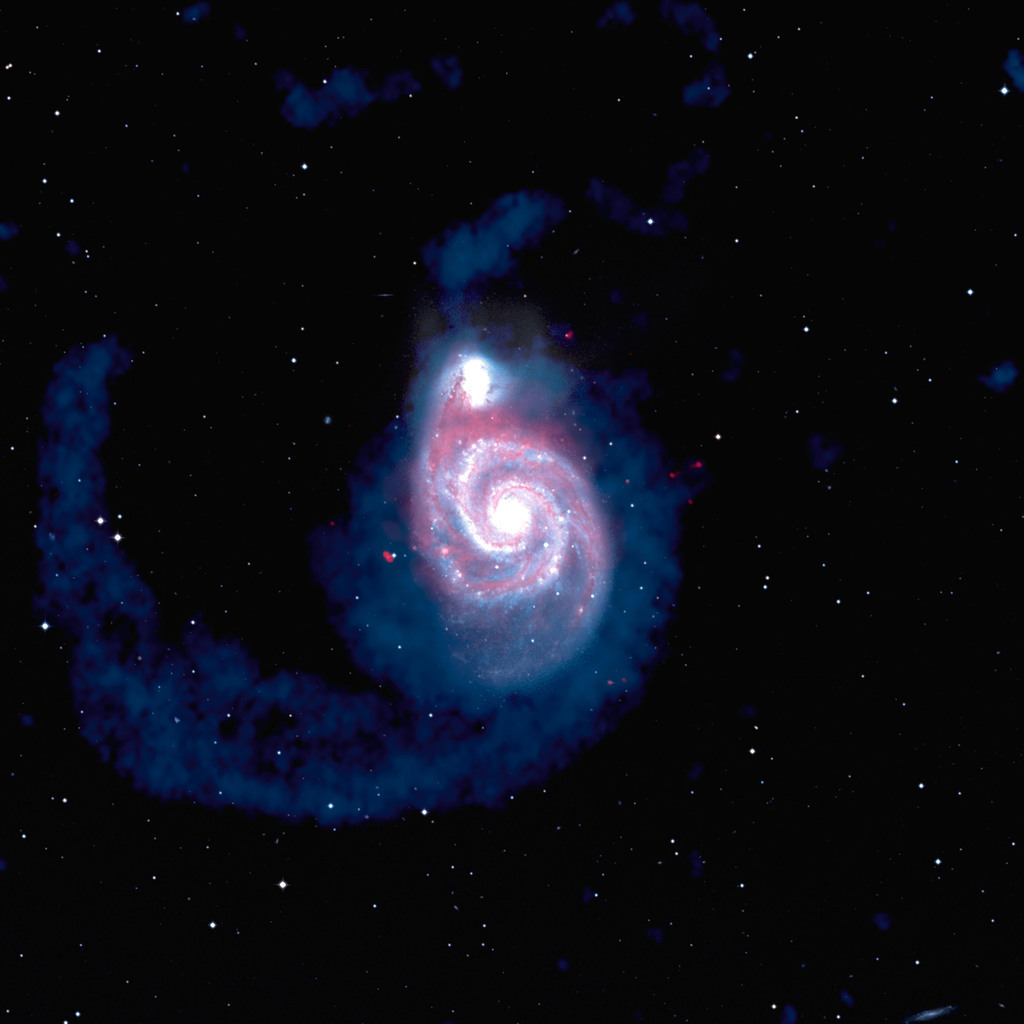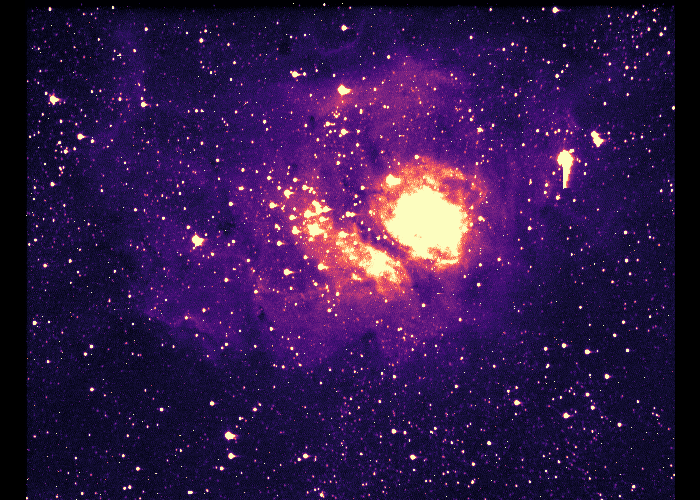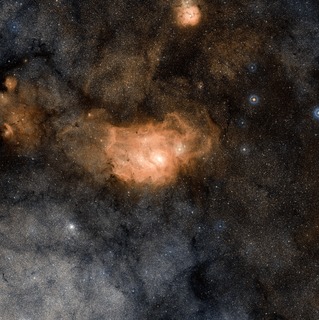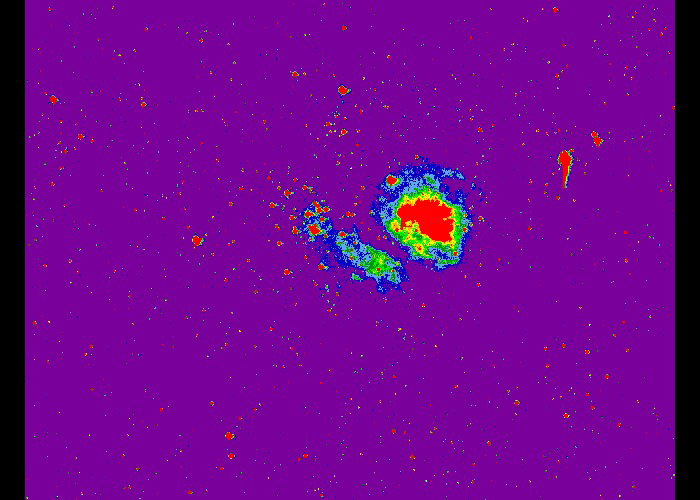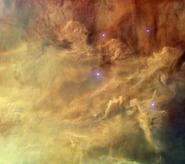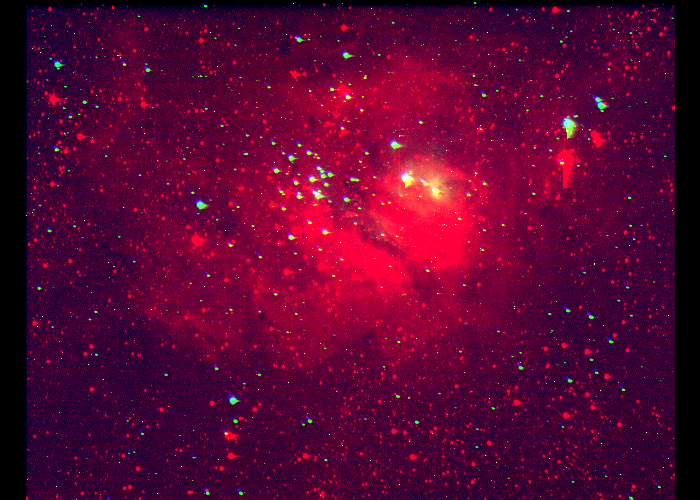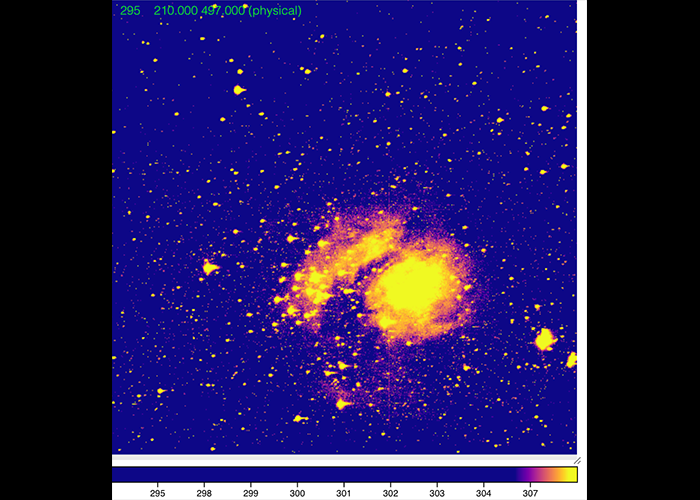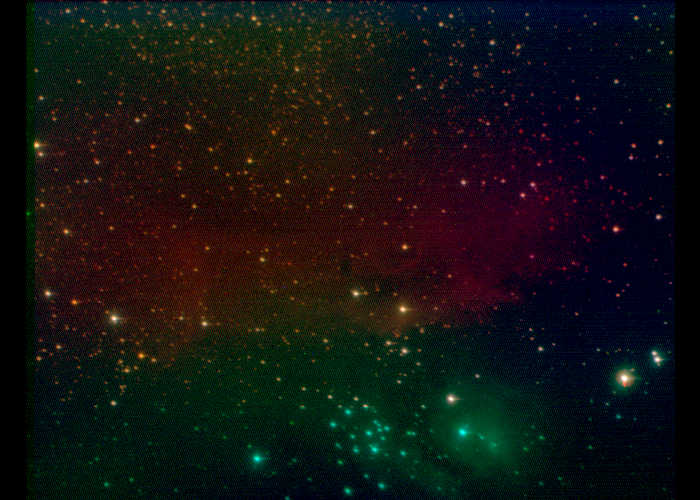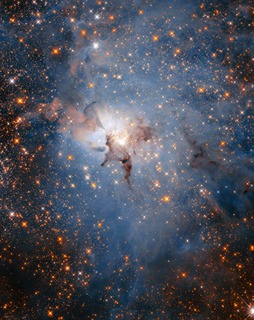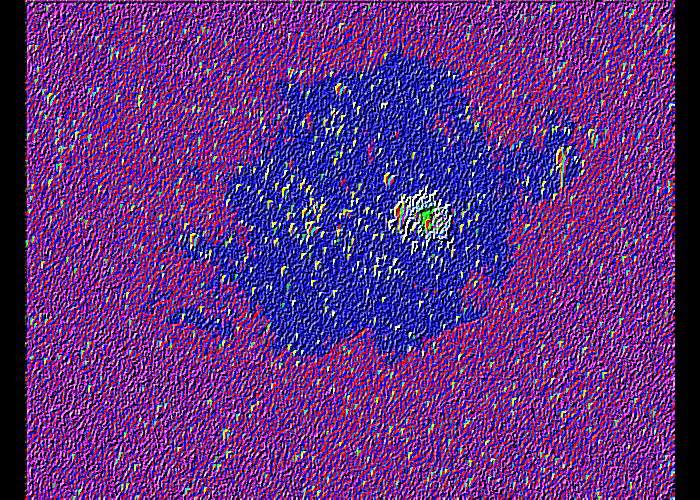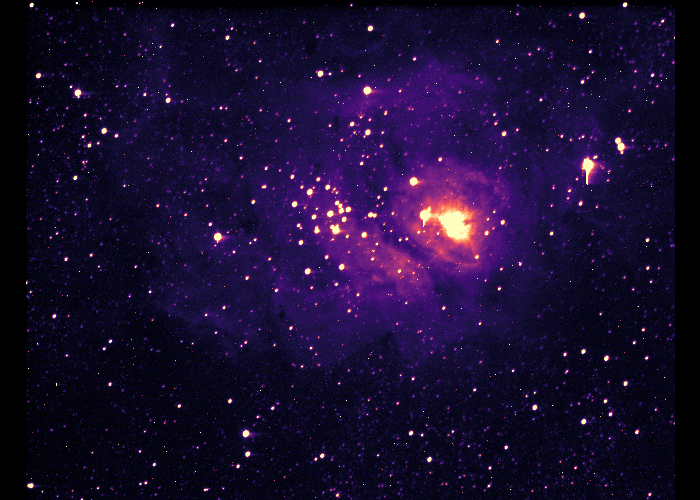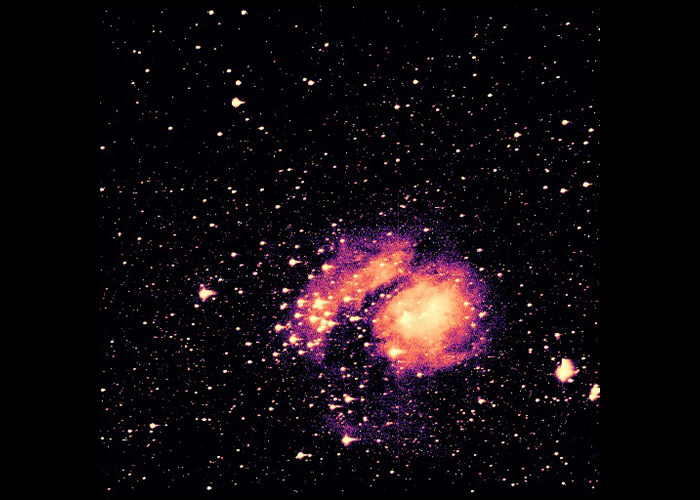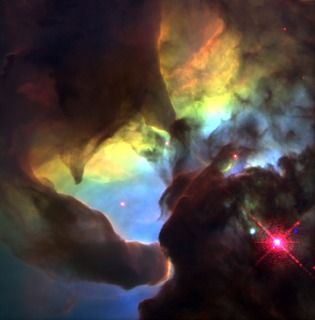MicroObservatory Challenge
For this challenge, you will need to process astronomical image data that you collect yourself from MicroObservatory telescopes. Submit your processed images to the challenge, and your work may be selected as a standout entry to receive feedback from NASA scientists!
Watch the video below for a runthrough of what you will do to participate in the MicroObservatory Challenge. For more detailed instructions, check out the What to do section.
Follow the instructions below for each of the four steps. First you will capture your own real-time telescope image, then you'll create your own image using the JS9-4L image-processing tool, then you'll compare your processed image to a NASA-processed image, and finally you'll submit your processed image to the MicroObservatory Challenge.
Step 1: Capture Your Image
- Go to the Control Telescope page of the Observing with NASA website.
- Find , and then click the Observe button below it.
- Fill out the necessary fields, and then submit your image request.
- Your image will be captured tonight by a MicroObservatory telescope, and emailed to you sometime tomorrow.
- Start processing your image data in Step 2.

Step 2: Create Your Image
- The day after you request your image of , you'll get an email from microobservatorysupport@cfa.harvard.edu. Download your image to your device.
- Open the Challenge Edition of JS9-4L to begin processing your image.
- Open your image using the Image dropdown.
- Use the processing tools included with JS9-4L to enhance your image. Get creative!
- When you're done, save your image to your device as either a JPEG or PNG file.

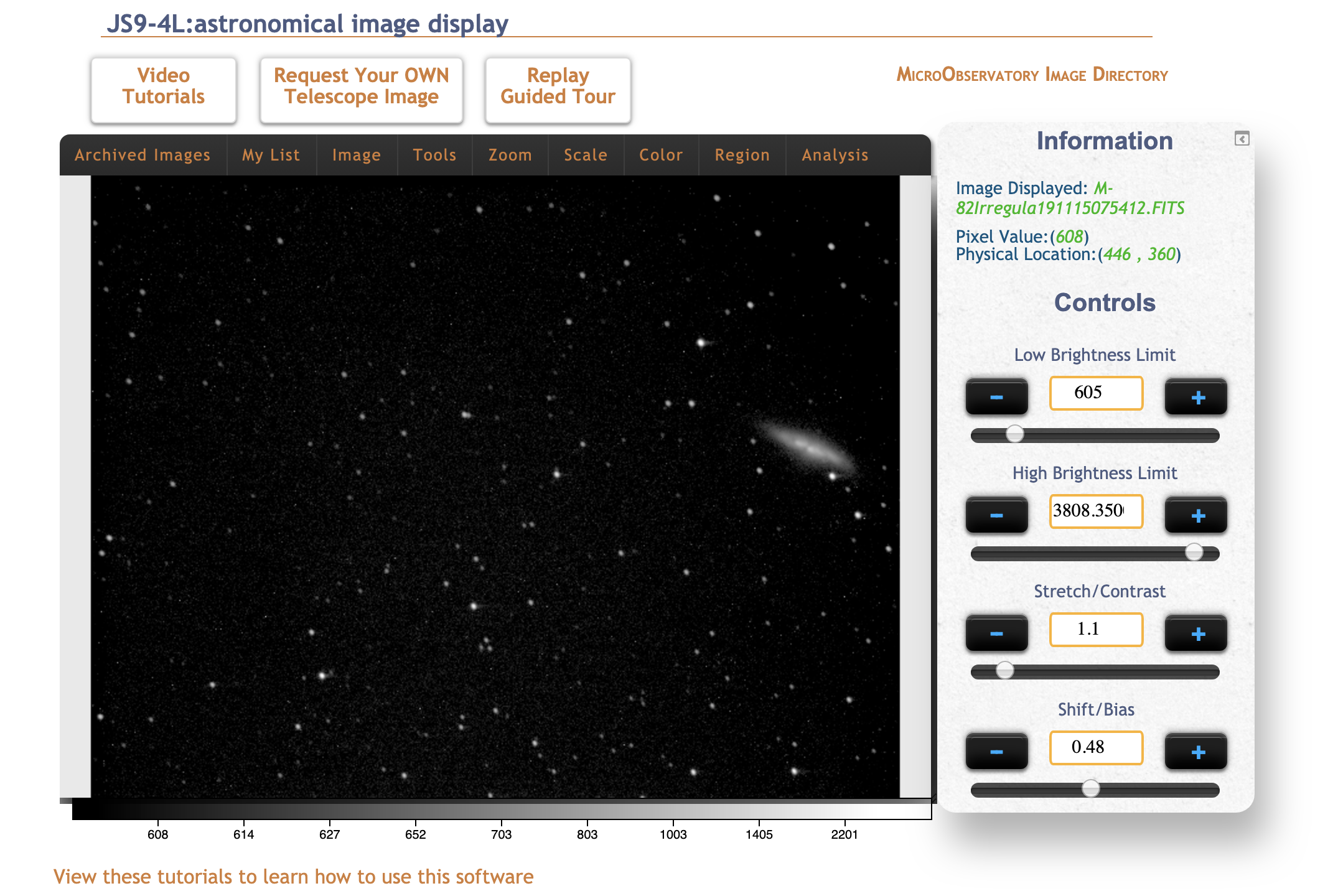

Step 3: Compare Your Image
- Find a NASA-processed image of from Astropix to compare with the image you processed.
- Write a comparison between your image and NASA's image of . You'll include this comparison when you submit your image in Step 4.
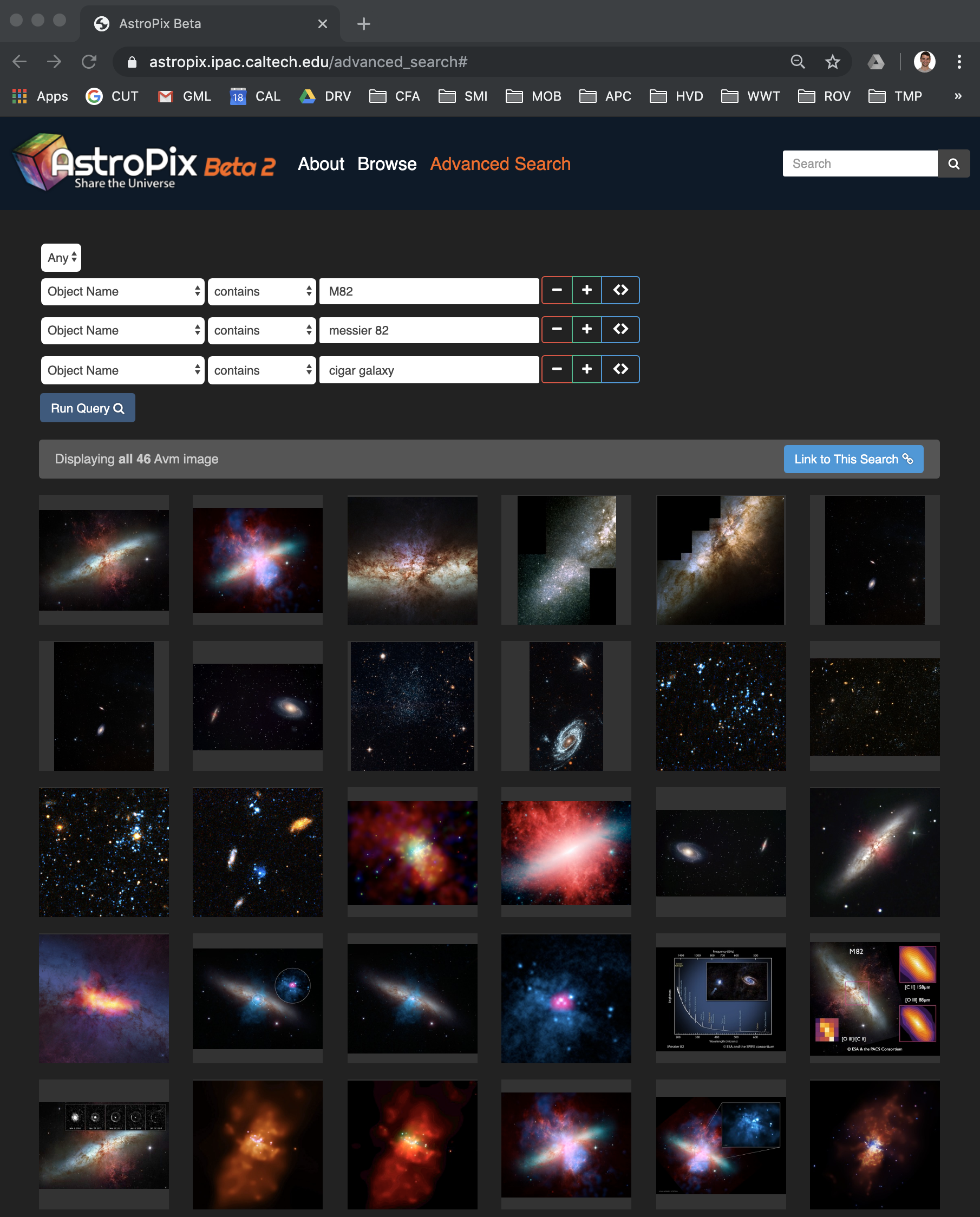
Step 4: Submit Your Image
-
Make sure you've already processed an image of .
Just starting? Go back to Step 1. -
In order to enter the MicroObservatory Challenge, you will need:
- • A JPG/PNG file for your own processed image of
- • A written description of how you processed your image
- • A URL from Astropix for one of NASA's images of
- • A written comparison of the two images
- Submit your processed images to the MicroObservatory Challenge.
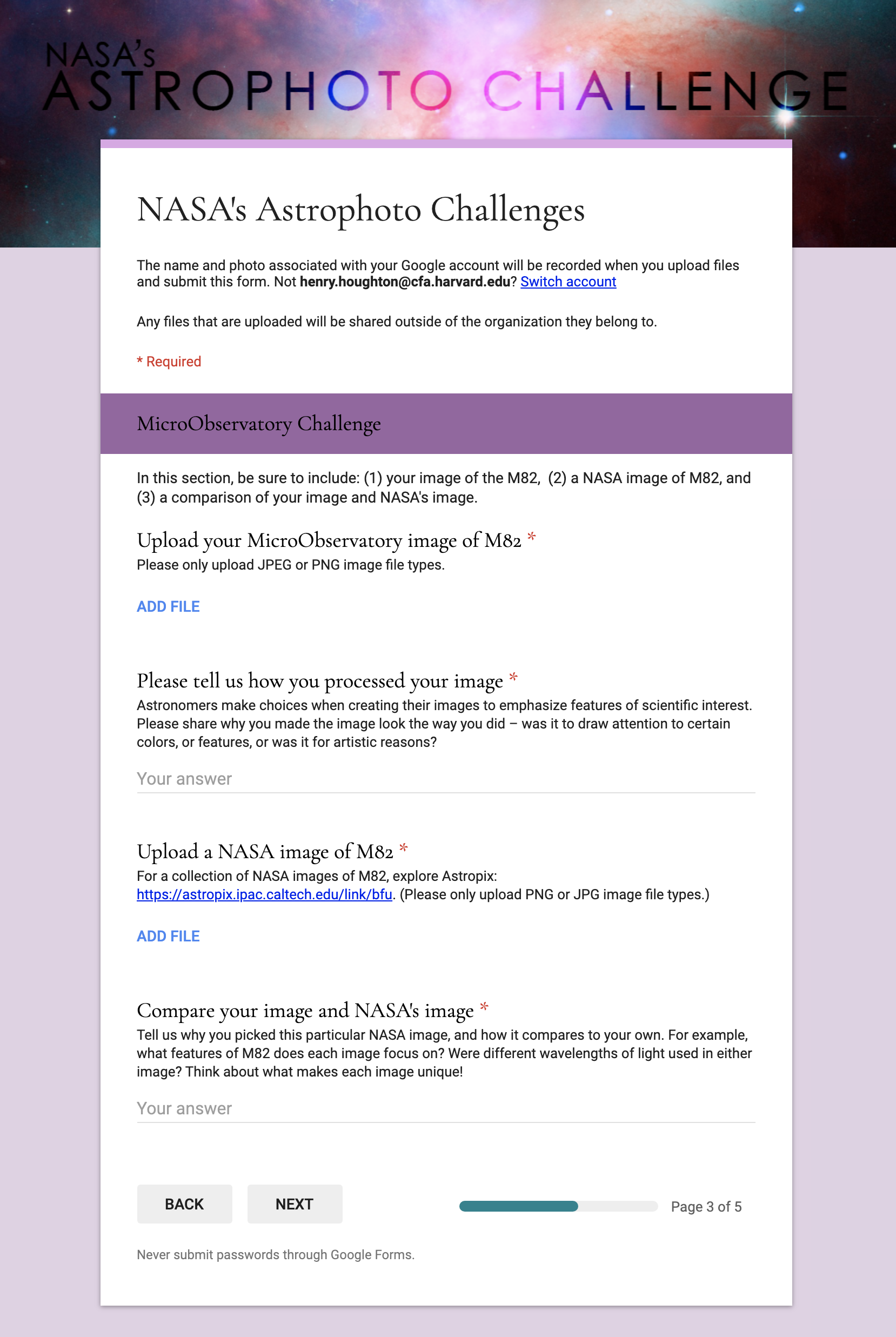
While you're at it, why not share your images on Facebook and Twitter too!
Use the hashtag #AstrophotoChallenges, and mention us at @MicroObs or @MicroObservatory.
VideoWhat to doExperts discuss targetStandout entries
Expert astronomers take a close look at Eta Carinae and to explore what these objects are, where you can find them, and what different wavelengths reveal. The three experts we meet in this video are Dr. Rudolfo Montez, Dr. Joy Nichols, and Dr. Nathan Smith.
MicroObservatory Challenge
VideoWhat to doExperts discuss targetStandout entries
We highlight a number of standout entries from each of the past seasons of NASA's Astrophoto Challenges. Click through the image thumbnails below to read expert feedback to participants from NASA scientists.
MicroObservatory Challenge
Choose from past seasons of the MicroObservatory Challenge below.
See standout entries for
the NASA Data Challenge
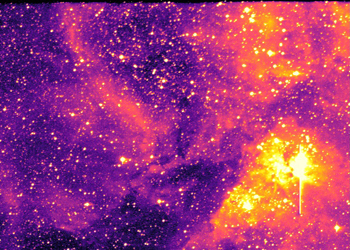
Advika B.
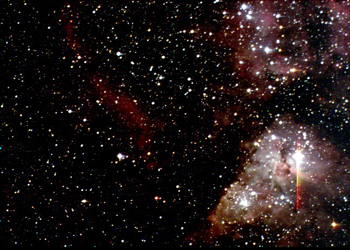
Angel F.
 - Dana O TRIM thumb.jpg)
Dana O.
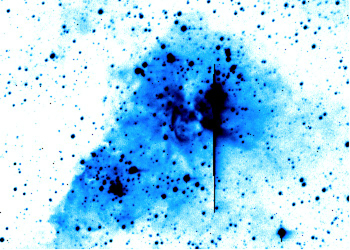
Elizabeth C.
 -HasanR thumb.png)
Hasan R.
 - Anna Sharma TRIM thumb.jpg)
Jayna S.
 - JhonS thumb.jpeg)
Jhon S.
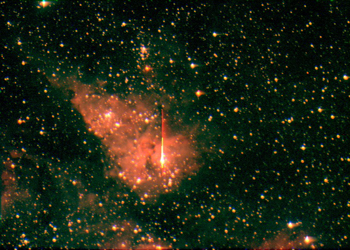
Kenzo S.
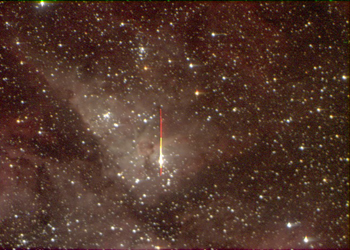
Michelle G.
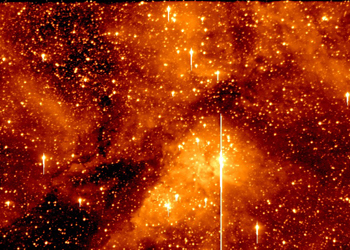
Natasha B.
) - NilayBTRIM thumb.jpeg)
Nilay B.
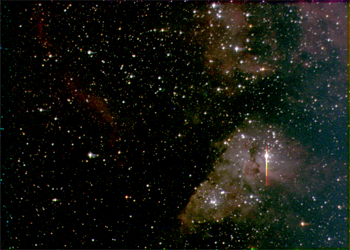
Sanjith M.
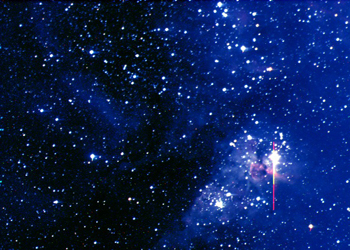
Sarah A.

Shelburne Summer Camp Young Girls Group
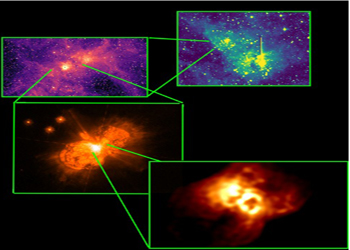
Shivi M.
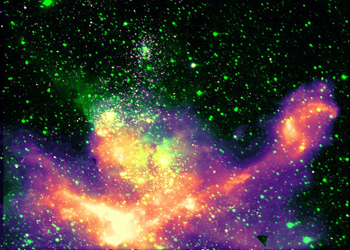
Shva S.
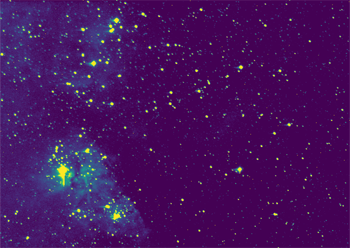
Stephanie B.
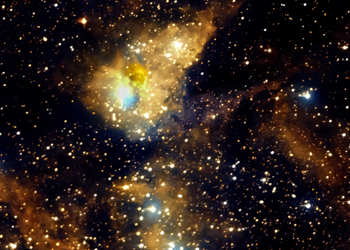
Tom H.
"Advika’s interesting choices in processing this MIcroObservatory image of the Carina Nebula really brings out the contrast between the dark regions of the nebula and the bright regions around Eta Carinae. Advika also does a fabulous job with the color palette chosen; the wispy red nebula stands out in contrast to the darker dusty regions nearby."
"Getting a true color image can be a challenge, but Angel achieved just that. The image feels very balanced chromatically where the background sky is effectively neutralized and the cores of the stars are white which make the image feel very natural and lovely to look at and enjoy."
"Dana has done a nice job of balancing the bright star cores while also showing the faint emission of the Carina Nebula. I appreciate Dana’s recognition of the artistic side of image processing, seeking to emphasize a particular color in the image while maintaining detail."
"This is a really interesting perspective of the Carina Nebula. The inverted coloring, combined with the contrast and scaling, focuses our eyes on individual stars, making them easy to discern even amidst the dust of the nebula. Elizabeth has also displayed the nebula at a different angle from the original MicroObservatory image, underlining that fact that there is no “right way up” when it comes to space. This brilliantly blue image is a striking combination of both art and science."
"What stands out to me in this beautiful image of the Carina Nebula is just how red the nebula appears, even when Hasan carefully balanced the red, green, and blue filters. Some of the red color is from glowing hydrogen gas in the nebula, and some of it is from dust blocking the bluest wavelengths from background stars.
"Jayna, great job accentuating the dense regions of star formation in your image combining data from Chandra with MicroObservatory! There are more than 14,000 stars in this view, and your processing technique illustrates the locations of the most concentrated groups of stars very well!"
"The colors chosen here are very vivid and distinctive. The overall effect is visually striking."
"This is a beautiful 3-color display of the Carina Nebula. Melding images using different color filters, Kenzo has highlighted the various gas clouds of the nebula, showing some to be much more dense than others. Eta Carinae shines white at the center from its strong presence in every filter, while stars of various hues glow throughout the nebula, each displaying a color based on its own composition. A stellar view combining both art and science!"
"This image does a great job aligning and balancing the colors to get the white balance of the stars accurately, and you can see how some of the stars start to appear orange behind the dust. The glow of the nebula combines with the dark dust to give a real sense of the 3-dimensional structure of this nebula!"
"Natasha has done an excellent job bringing out the full extent of this dataset, from the crisply bright clouds around Eta Carina to the fainter structures spilling beyond the edges of the observation. I like the way that this bright star stands out from the nebula. The choice of color palette is particularly strong, drawing the eye towards this bright star, but with a nice symbolic choice to pick up the “fiery crucible” nature of this incredible nebula."
"What we have here is an angle on the nebula different from the others we have seen, processed with aesthetic care and a scientific eye. What Nilay couldn’t know – or control – is that the MicroObservatory telescope was not pointing properly when it took this image for him, showing not the center of the Carina Nebula, but one wispy edge. This, in turn, makes this image much harder to process, as the sources of light are not as bright. Despite this, Nilay has managed to control the scaling and contrast in such a way that we can clearly see the large dust formations, and even make out a lot of the smaller structure on this nebula’s edge. With a true scientist’s mind, Nilay has gone on to pick out groups of stars that may share properties. A truly unique view of the Carina Nebula!"
"Sanjith calls this image: The Amazing Nebula, and Sanjith really brings that to life with their choices in processing this image. The choice to set the lower brightness limit to a higher number creates a dark and mysterious look to the final image where only the region around Eta Carinae shines through with added texture."
"I really liked the artistic choices that Sarah made when making this image, including the contrast between the red and blue colors. The cavities in the center of the Carina nebula are transformed into the ventricles of a red anatomical heart. I think this is a great metaphor for the complex, interconnected nature of this star forming region."
"This Shelburne Summer Camp Young Girls Group submission expertly includes data from two ground-based facilities, MicroObservatory and NOIRLab’s Curtis Schmidt Telescope. The choice of using the “Cool” color scheme for the Schmidt telescope allows for a wonderful comparison between these two telescopes."
Zooming in on the Carina by Shivi M.
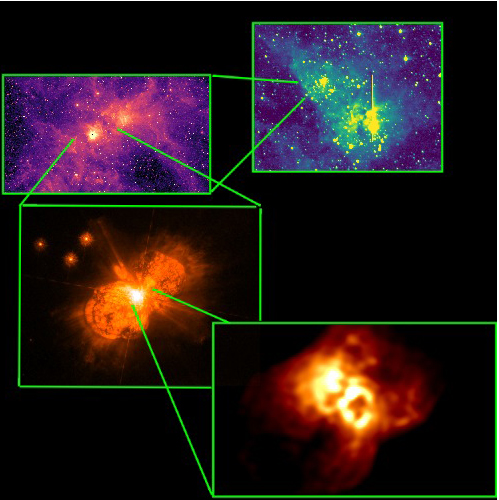
"Shivi’s contribution highlights the power of observing with different telescopes. I really appreciate how Eta Carinae is shown in context with the larger Carina Nebula across many wavelengths of light – from the zoomed-in Carnegie/Magellan near-IR image of Eta Carinae to the Hubble ultraviolet image, which are highlighted in the broader views of the Carina Nebula by Spitzer and the MicroObservatory Telescope."
"Shva has created a truly fantastical image of the Carina Nebula with both MicroObservatory and Chandra data. The creative use of color and contrast not only showcases the inner structures of the nebula, but also gives a fiery yet playful feel to the image. Letting the imagination run wild, one can almost see the hot gases of the nebula coming together to create the image of an alien, almond-shaped eyes staring and arms stretching out towards us."
"A study in contrasts. The wispy clouds contrast strongly against the sharp yellow dots of the stars. In addition, the clumpy star clusters in the lower left contrast against the more diffuse stars on the right side of the image. The color scheme makes it all pop."
"The color palette and orientation that Tom chose for this image is very striking and effective. The composition of the image allows Eta car to be the region of main focus and the complementary color palette makes for a very nice contrast. I also appreciate how Tom managed to hide the “bleed” caused by a saturated detector; eliminating any distraction from the viewer."
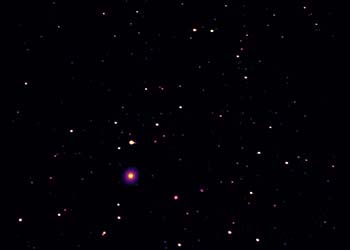
Adam B.
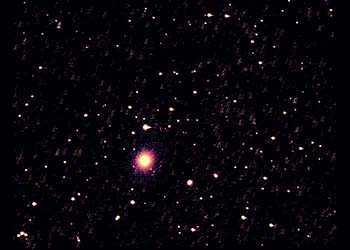
Aditi B.
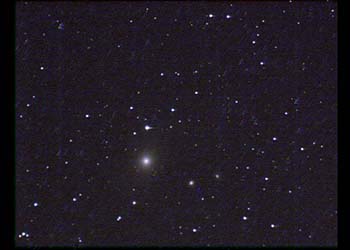
Amal B.
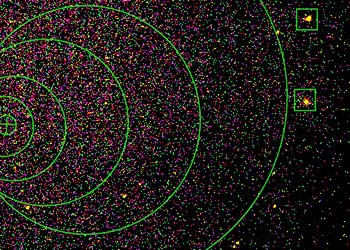
Dinky T.
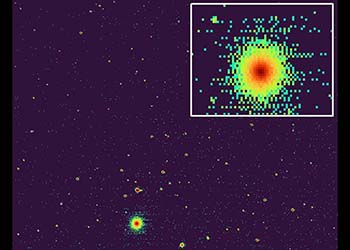
Duarte G.

Francisco V.
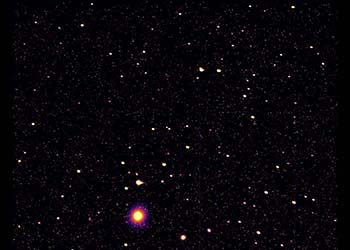
Josselyn M.
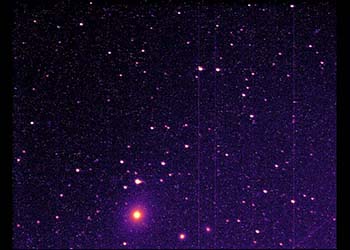
Julissa D.
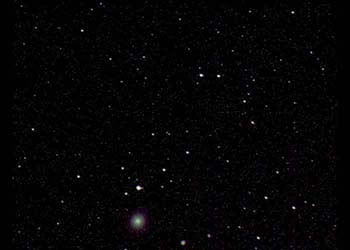
Mahdi S.
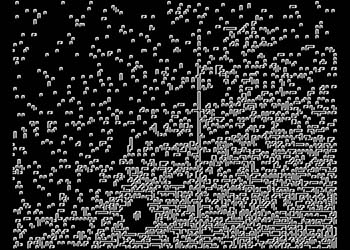
Maylin L.
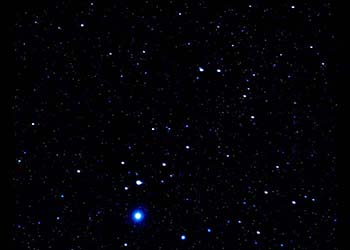
Melia M.
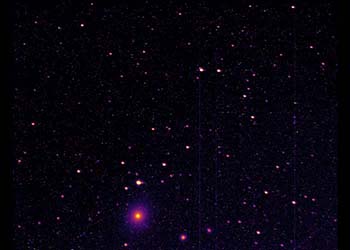
Skylar M.
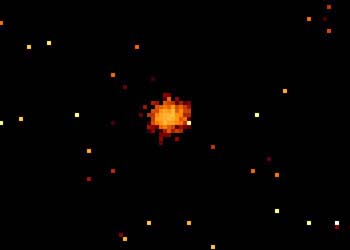
Swapnil P.
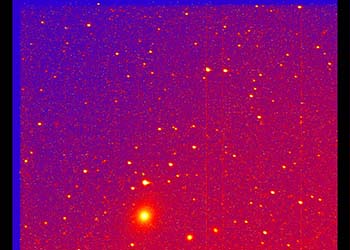
Tyler C.

Varsha S. K.
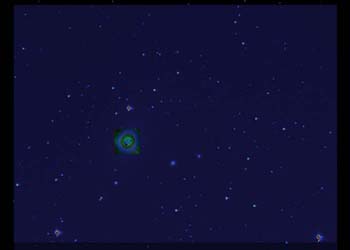
Yang C.
"Adam, as you probably noticed when working with the MicroObservatory data, there can be a lot of noise and small distortions of the stars in among the image data. I appreciate that you kept this in mind when processing the image and chose a stretch and color palette that helps to mitigate those issues in your composition. Nicely done."
"I enjoyed viewing Aditi’s image composition. The three colors make the image interesting, especially for the fainter stars, which is a nice effect. Aditi is correct that this image shows more of the surrounding environment around M87 when compared to the larger Very Large Telescopes image from AstroPix. I think the larger field of view provides more context. Nice work Aditi!"
"Amal, I can see in your processing of the MicroObservatory image that you have really strived for a neutral, true color look not unlike that of the Hubble image in your comparison. This can be difficult with MObs data given the noise issues, but I can clearly see the faint halo of M87, with a very nice gradual drop off in light intensity. This can be difficult to achieve as it requires a delicate touch with the stretch of the image but you've done well with it here. Nice work!"
"Dinky's use of the the regions tool to draw attention to high and low background regions provides good visual direction. While M87 has a fairly smooth density profile, sometimes other elliptical galaxies show shells of stars as well, which are a result of past collisions. The rings that Dinky used here remind me of those shells."
"Duarte, I am drawn in by both your color choice and your composition in this image. I really like that you took the time to create a zoomed pullout of M87 overlaid on your image. This is something we often do in our professional image processing workflow to help draw attention to a specific part of the image. The choice of this particular color mapping really draws attention to the bright features of the image. Well done."
"Francisco’s image is very soothing to the eye because of the pixelated smoothing tool that was applied. M87 looks different and larger than the other features in this image composition, which tells us that it isn’t a point-like star. In image processing, the user decides which details to highlight. Francisco notes that this choice doesn’t show as much detail at the Hubble image, but that’s OK. Like any type of art, the artist makes the decisions. Nice work!"
"I appreciate Josselyn's choice of using a log stretch and applying the inferno color palette to the data. These choices make M87 pop out as the focal point of the image. It also accentuates the foreground stars and separates them from the darkness of space."
"Julissa has struck a nice balance in this image, bringing out the extended glow of the galaxy as much as possible. The color palette highlights this structure, and also lets us see some of the atmospheric glow that is so often present in ground-based observations."
"Mahdi does an outstanding job of capturing M87's spherical shape. The image beautifully highlights the changing stellar density of M87, and the blackness of the surrounding space puts this galaxy in a larger cosmic perspective. Well done Mahdi, very intriguing image you have created here."
"I find this image of M87 by Maylin truly fascinating. The way the light from M87, other stars in the field, and even noise from the detector, combine with Maylin's image processing choices create something that is truly unique. This is a great example of how the choices made by the image processor can draw the eye to different, yet real, structures in an image."
"Melia has presented a very tranquil view of a rather active galaxy. With the myriad blues and creams displaying a sky full of stars in the foreground, and the softly glowing M87 drawing our eyes to the background, this image makes me reflect on how gazing upon these fiery cosmic objects can bring us so much peace. Truly a beautiful and thought-provoking work of art!"
"Skylar adopted a workflow similar to a typical researcher’s efforts, making use of the available adjustments to pull out the features of interest. In this case Skylar clearly highlights the extended structure of the galaxy, then chooses a color scheme that helps us see the halo of stars."
"Swapnil's image does a good job of showing how much larger M87 is on the sky than are the stars. The stars are displayed as single pixels, whereas the M87 is a comparatively complex object with substantive detail. The highly pixellated look also reminds me of retro video games from the 80's."
"Tyler has chosen a visually appealing way to apply color to the dataset, with an emphasis that nicely brings out the extended glow of the galaxy. In this rendering we can also see how the glow of the sky affects the frame, highlighting the kinds of challenges astronomers face looking through the atmosphere to observe the distant universe."
"Varsha has created quite a vivid image of the expanses of space surrounding the M87 galaxy. The galaxy itself shines supremeon this stage, while a few fainter sources glow in accompaniment. The purple-orange color and the speckled texture combine to truly reflect a beautiful yet 'Bizarre Wilderness.' A very well chosen title for this piece."
"Yang has very creatively merged several NASA datasets with his own MicroObservatory image of M87. Amidst a seemingly calm sky full of stars, M87 commands our attention in all its multiwavelength glory – infrared, X-ray, and radio light highlighting its swirling gas and explosive jet. While this is quite a cool image in itself, I'd also love to see what this looks like when zoomed in on the galaxy!"
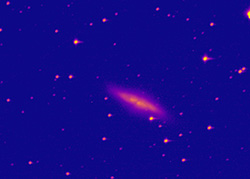
Aaliyah
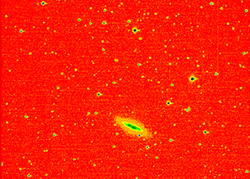
Aidan H.

Alexandra M.
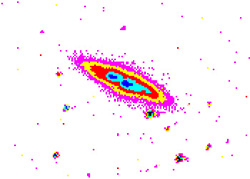
Billy
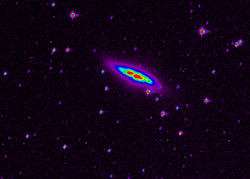
Chris
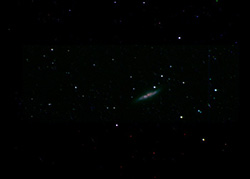
Daniel O.
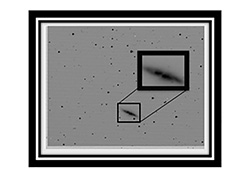
Dhairya P.
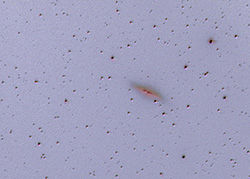
Eberhard S.
Ella
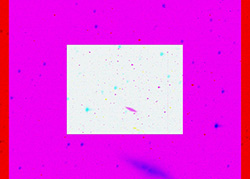
Harper
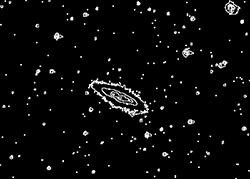
Ji Yoon

Maryann F.
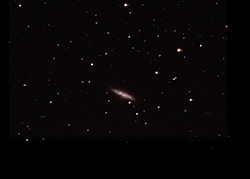
Robert W.
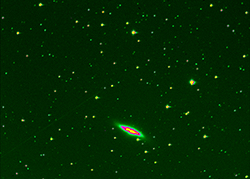
Tamariya H.
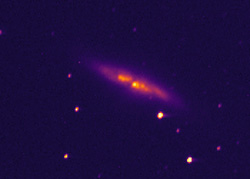
Tiffany

Venkatakrishnan
"Aaliyah has come up with a playful way of highlighting features in the M82 galaxy. The color map you chose helps highlight the dust features in the disk of the galaxy. Using Aaliyah's approach of rendering the background blue gives the composition a pleasing artistic flair."
"Aidan was inspired by the color scheme used in a NASA Chandra X-ray Observatory image of M82. By using this color scheme, Aidan contrasts the emptiness of space in red with the colorful starburst galaxy M82 and foreground stars in shades of green, yellow, and orange. This is a truly unique representation of M82 that does an excellent job of bringing out the density of cosmic objects in this MicroObservatory view."
"The title of this image, “Dancing in the wind”, gives the viewer some insights into the image processor’s mind. Alexandra played around with the control settings until the image displayed the dimmest and brightest parts of the image at once. The end result makes you stop to take a closer look. It looks like a very old photo or like there are dancing waves of light across the screen. The poetic nature of the image title was mirrored in Alexandra’s comparison of this image to a NASA image, which is that this bright galaxy has a place in the larger universe."
"Billy's image made me smile the moment I saw it. The inverted colormap really makes the galaxy pop, and the pixelated look makes it feel like a galaxy in a vintage video game. It's fascinating to see how all the major details are still preserved, despite the stylization - we can easily pick out the bright stars and the dip in brightness at the center of the galaxy. Quite a fun image combining detail and whimsy!"
"Processing astronomical data is akin to telling a story, albeit a heavily visual story (typically) grounded in scientific research. So I enjoyed the story that Chris communicated, both with the MicroObservatory image he created, but also with how he described the “why’s” behind those choices. Experimenting with what can be shown, and why - and then communicating it effectively - is one of the keys to producing excellent results."
"A key aspect of astrophotography is capturing light. Daniel clearly picked up on this concept and used it to his full advantage by combining several observations of M82 rather than a single dataset. Doing so allows you to build a stronger signal and lower the amount of noise in your image. Daniel, you applied your understanding of the starburst nature of M82 to your processing to allow you to emphasize the strong blue component of this galaxy...a keen insight for an astrophotographer, well done!"
"I like the way Dhairya added an enlargement of M82 to make the galaxy stand out more, visually. It really lets the viewer see more of the detail in the galaxy's bright structure where the star formation is happening. If you wanted, Dhairya, you could add color by including multiple filters to help this structure pop out even more!"
"I appreciate the artistry that Eberhard brought into this image with his creative combination of Luminance with his RGB layers. The color mapping was also chosen in a way that makes the galaxy M82 really stand out in color from the foreground stars around it."
"Ella’s creation really stood out for me, both for its creativity in its visual presentation, but also in its description for why those choices were made (a critical component of processing scientific data is transparency on those choices). Ella’s unique presentation of this data set takes the user all the way back to the bones of how our astronomical data is collected and processed, and which is represented by a series of intentional choices here, while also moving the viewer forward to a more artistic representation. I thoroughly enjoyed the visual and Ella's discussion of relating the pixels, the art, and the science!"
"Harper's creation is truly unique, which I find even more remarkable given that the standard RGB colors were used to create it. What I like about this image is that it shows the variety of ways one can create an image starting with the same data. Here, there is a treatment of the data in the central portion of the submission that is quite different than the treatment around the edges where M82 is shown zoomed in. Harper was inspired by the look of old film and the juxtaposition of using new technology while creating something that looks like it was from the past. I think that level of detail was achieved; the image has a certain grainy quality that does remind me of pictures taken a long time ago."
"The unique look of Ji Yoon’s image might seem deceptively simple at first, but look again. A series of detailed and intentional choices were made to both capture the science of interest to the creator, and also to help communicate that information using a specific visual language. I both understood contextually, and appreciated aesthetically, the strong connection being made between the retro and the “high-tech”, between the pixels and the information, between the science and the art. Well done Ji Yoon!"
"This image is intriguing because it looks very different than what you would expect of an optical image. By choosing an inverted color map, Maryann’s image displays the brightest areas in black, which is clearly at the center of the galaxy. This image also highlights the cigar-like shape of M82, which shows up in NASA images too. Maryann’s control settings do a nice job of showing the galaxy light, which decreases outwards from the center of the galaxy, and the individual stars in the field too."
"I was really impressed with Robert's submission just on face value, but was equally impressed with his explanation of the choices he made when processing the image. It was very perceptive of you, Robert, to take a different approach to setting the minimum pixel value so that the galaxy has a natural fall off of brightness from its bright core to the faint edges. Finding this delicate balance of intensity and color is one of the biggest challenges in astrophotography and you've handled it well."
"Tamariya's rendition of M82 stands out to me as an example of meticulous image processing. Combining a multicolored filter with carefully-considered contrast levels really brings out the changes in brightness within each object - we can make out the bright center of the galaxy surrounded by dimmer bands of light, ultimately fading into the green gradient of the background. A beautiful image showing a lot of detail!"
"Tiffany, you have done an excellent job of bringing out the rich structure in the bright disk of stars. Your careful choice of image levels prevents any of the features in the galaxy from getting blown out, and really brings out the intense glow of the brightest area next to the intervening dust lane. Your chosen color map does bring out the warm glow of stars, and the variations of color nicely enhance the contrasts through the galaxy’s disk."
"Venkatakrishnan's portrayal of M82 shows a beautiful use of contrast and filters. Keeping the color scheme simple while raising the contrast shows off each source of light without going into too many details - the contrast levels are just enough to pick out the diffuse nature of the galaxy, compared to the dots of stars in the foreground. It makes me think of one of the major steps in data processing for wide-sky astronomical surveys - we must pick out the position and size of each source of light first, before we look any further into their characteristics. Finally, the emboss effect really adds an artistic touch, making the image feel like a sparkling mural etched onto a wall."
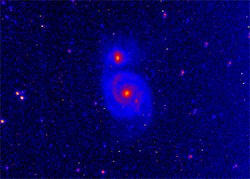
Adriana B.
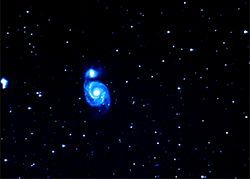
Alec G.
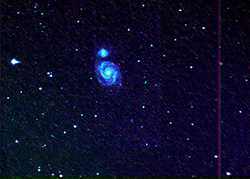
Alireza K.
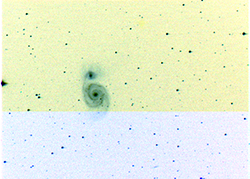
Claire C.

Darin S.
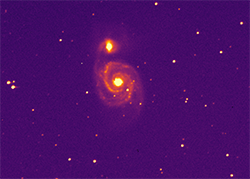
Dona M.

Eric P.

Mando S.
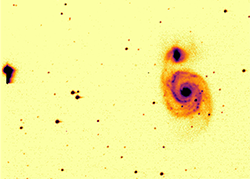
Maryann F.
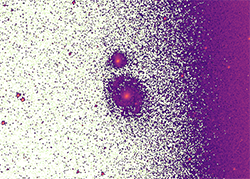
Michelle P.
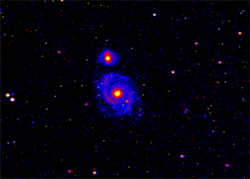
Mooneesah A.

Pawan T.
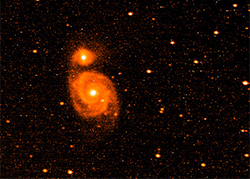
Rachel S.
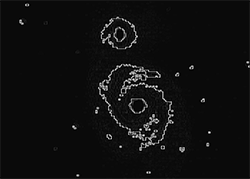
Risha S.
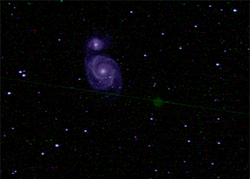
L. Xinyi
"The NASA image that Adriana chose clearly illustrates the importance of observing the universe in multiple wavelengths. The NRAO radio data open a new window into the spiral structure of M51. Adriana's processing choices show a keen insight into exploring the universe through color. Although limited to the visible wavelength filters of MicroObservatory, she opted for a higher signal red image rather than a color image to more closely approximate the look of the radio data. Her choice of the Firesky filter further reinforces these decisions and presents the familiar Whirlpool Galaxy in a unique light that invites the viewer to more closely inspect features of this galaxy pair that could be taken for granted in a more traditional imaging approach."
"Taking an image without a filter, as Alec has done here, maximizes the amount of light coming in, and makes it easier to show some fine detail at the outskirts of the galaxy compared to using a single filter. Alec's image here does a great job of scaling the exposure to bring out those fainter details."
"Alireza’s rendering makes excellent use of the MicroObservatory data, bringing out the faint details with a logarithmic scale that would be lost using other options. The visual similarity achieved in comparison to the WISE image (taken in infrared light) demonstrates that many options are available to a visualizer for representing a single dataset, giving a lot of creative freedom in how to portray data."
"Claire has done a wonderful job blending observations through various filters, keeping the clarity and focus of the image intact. This requires careful calibration and processing of each individual image, which she evidently has done. The inverted colors allow our eyes to pick up the subtle lighter regions between the spiral arms, and beautifully emphasize the thread of gas and dust connecting the two galaxies; they also give M51 a pleasant - and quite summery! - fresh new look."
"I like Darin's choice of the bright blue color palette, especially against the inky-black background in the MicroObservatory image. The same color palette in the WISE image lets you compare differences, such as the strength of the spiral arms compared to the core, between the visible-light MicroObservatory image and the infrared-light WISE image without being too distracted by superficial color choices."
"Dona selected an ideal color scale to capture the full range of detail in this single observation of the Whirlpool Galaxy. The subtle details in the spiral arms stand out with good contrast against dark purple background, and the high contrast between the arms and the galaxy centers are easily appreciated at a glance in this lovely representation."
"Eric has done a great job of bringing out the exquisite detail in this single band of data. Nothing has been lost in this image: the sharp peaks in the bright galaxy centers, the detailed structures in the spiral arms and discs, and even the faint halo of disrupted stars around the upper component, seen only in the deepest exposures. He obviously has been very careful with his choice of scale and brightness, and selected a color scale that brings out the features simply and elegantly."
"Mando's representation of the Whirlpool Galaxy and its companion does a wonderful job of separating out the younger stars in the outskirts (purple) with the older stars in the centers of the galaxies (red). The color combination also adheres to the conventions that astronomers typically use, bluer colors for shorter wavelength light and redder colors for longer wavelength light."
"Maryann's processing choices here immediately jumped out at me as unique and striking among the entries. The inverted color map changes the whole dynamic of the image and inspires a deeper connection to the spiral structure of M51. It also clearly highlights the interaction between M51 and the companion galaxy NGC 5195. The noise level in MicroObservatory data can be difficult to deal with, especially with an inverted color map, but Maryann's post-processing choices of noise reduction and sharpening really cleaned up the image."
"Michelle's image stood out for me aesthetically - it's quite unique-looking, not only with the color selection (and I am a big fan of purple myself) but particularly with the "solarization" effect. However, once I read her description of why she chose to process the data this way and what it meant to her, I was completely charmed all over again. Her poetic yet scientifically based descriptions get the viewer/reader to the point that such image processing can take you to when successfully done - a lovely meeting of the science and the art, the dark and the light, the known and the unknown."
"Mooneesah's work is a striking rendition of M51. Through careful image processing and control of contrast and brightness limits, Mooneesah not only shows the clear curves of the spiral arms, but also makes a distinction between the inner cores and outer spirals of the galaxies. Despite being limited to the visible wavelengths observable by MicroObservatory, the choice of color scheme is a nod to the presence of hot blue stars in the spiral arms - stars which are highly prominent at higher frequencies, especially the ultraviolet range. Truly a glowing and thought-provoking image!"
"I like that Pawan was inspired by the color palette of the Chandra image in creating the MicroObservatory image of M51. The stretch and composition of Pawan's image are powerful as you can clearly see much of the spiral arm structure of M51 here. I would like to see a stretch that recovers a bit more of the bright core, which is slightly saturated here, but that is a fundamental challenge of processing images with such a large dynamic range between bright and dark regions."
"I enjoyed Rachel's image of M51 aesthetically at my first glance, but as is often the case in astronomy (and elsewhere), my enjoyment increased greatly after I read her detailed and thoughtful discussion of why she made her specific choices in processing this data (an aspect of image processing that is not perhaps talked about enough). M51, the first spiral galaxy to be classified as such, is a popular deep sky target for astrophotographers and astrophysicists alike, and you can certainly see why when you view both her image and the Chandra/Hubble comparison image -- and I completely admit a bias to X-rays! Rachel did an excellent job of meticulously approaching her galactic subject with a desire to tell a particular science story, and that really shines through."
"Risha's image of M51 was very striking, and quite different from all of the other submissions. Her resulting visual representation really gets at the heart of the spiral galaxy interacting with its close companion - and is also a fantastic demonstration of just how much an individual image processor's choices can make on a data set (her descriptions of why she made those choices is also quite beautiful). Finally, the image at first glance looked to me like it was composed of bits (or, a stream of 1's and 0's), and such binary code actually does underlie all of our digital images of the Universe; there was a poetic simplicity in that resemblance."
"Xinyi's choices in color offers a serene view of the Whirlpool Galaxy together with its companion, while also highlighting the higher density of stars within the centers of each of the two galaxies."

Ainsley H.
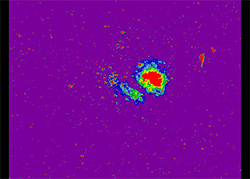
Annie L.
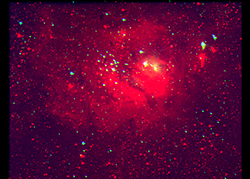
Claire D.
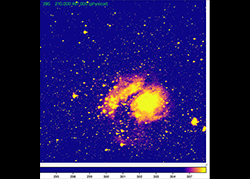
Costanza S.

Ivan N.
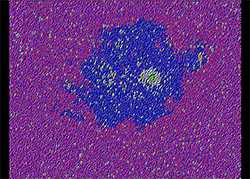
Jesus S.
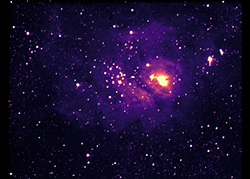
Kinia K.
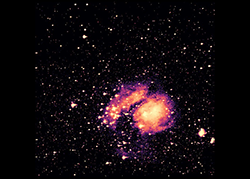
Magdalena S.
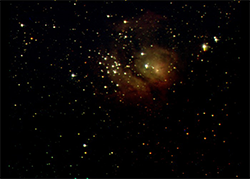
Rachel Z.
"Ainsley really did a nice job of drawing out the extent of the nebula. Comparing this to an image of the Moon would show just how big this object is in our skies, but unseen by most night sky enthusiasts!"
"What I like about this one is that the Annie played with the colors to make things pop out - 'most contrast' - without trying to replicate the usual look of this nebula. Perhaps the result of Pop Art influences? Warhol and Hockney? ;)"
"I really like how Claire has left the green and blue-filtered images offset from the red-filtered image of the Lagoon. Her composition emphasizes the fact that the Lagoon emits mostly in the reddish light of glowing hydrogen gas. Eye-catching!"
NASA's Universe of Learning team ☆
"Props for including a scale bar, and for exploring the scientific meaning of the colors in images taken of this nebula."
"Much discussion on how Ivan created this image! Consensus is this RGB combination included two frames that missed the target. The green frame captured the Nebula low in the field of view, but the red and blue frames capture the star field above instead of the Nebula itself. This leaves an image of the faint northern reaches of the Lagoon Nebula complex!"
NASA's Universe of Learning team ☆
"Pointillism! Georges Seurat would be proud of Jesus’s use of artistic license to display scientific data! This image is really unique amongst astrophotography: it is a one-of-a-kind artistic interpretation of the Lagoon Nebula that still manages to convey a sense of where the stars are and where the gas and dust is."
"Kinia has done a great job using the log scaling tool to bring out the very dim extended regions of this nebula. The image also really highlights the dark dust lane that wraps below the bright central region."
NASA's Universe of Learning team ☆
"This may be one of the more interesting examples of processing. The colors and shapes that this brings to mind are like a giant space brain."
"This shows both the color change in different regions of the nebula which are a result of different ionization states of the elements in the clouds, and a dark cold dust lane cutting across the nebula. I see the hint of green in the nebula just above the dark divide. It’s a very technically-challenging 3 color image, well done Rachel!"
When did this season end?
The season ended on .
We have reviewed all submissions to NASA's Astrophoto Challenges, and have posted standout entries on the MicroObservatory Challenge and NASA Data Challenge pages.
Follow our Twitter or Facebook pages to get updates whenever standout entries are posted.
What about past seasons?
You can still work with NASA data from past Challenges! Head to the Challenges Archive of JS9-4L, where you will find NASA image files among the Archived Images for all of the past seasons.
Want to see what others have done with image data? Check out standout entries from past Challenges on the MicroObservatory Challenge and NASA Data Challenge pages.




 - dudepi 3 TRIM.jpg)

 - Dana O TRIM.jpg)

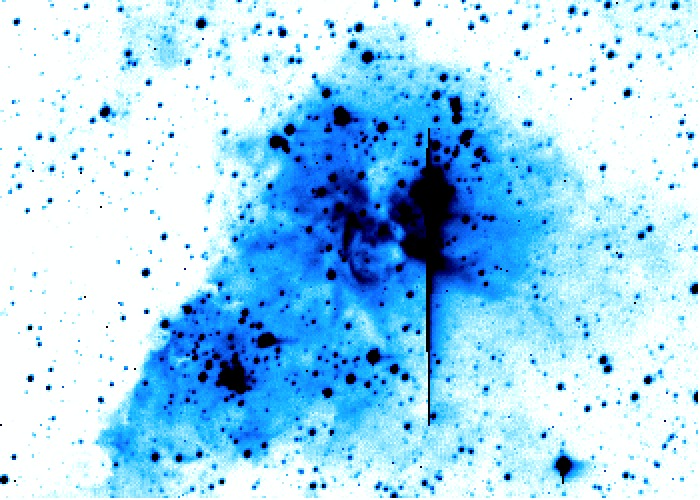

 -HasanR.png)

 - Anna Sharma TRIM.jpg)

 - JhonS.jpeg)

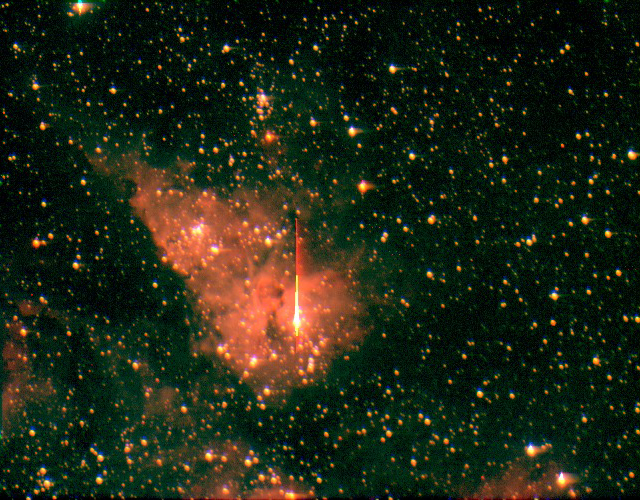

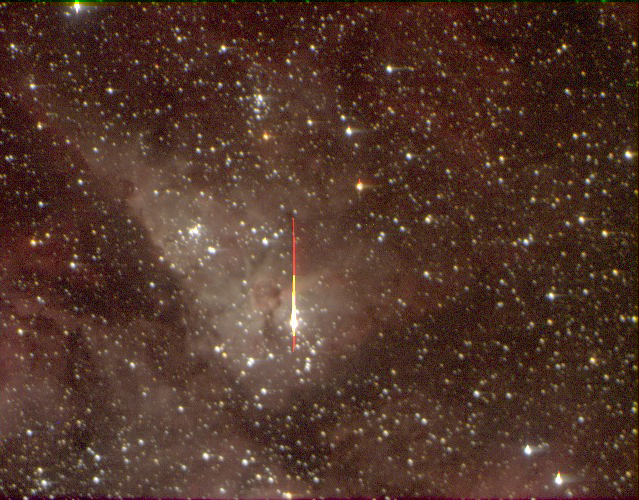
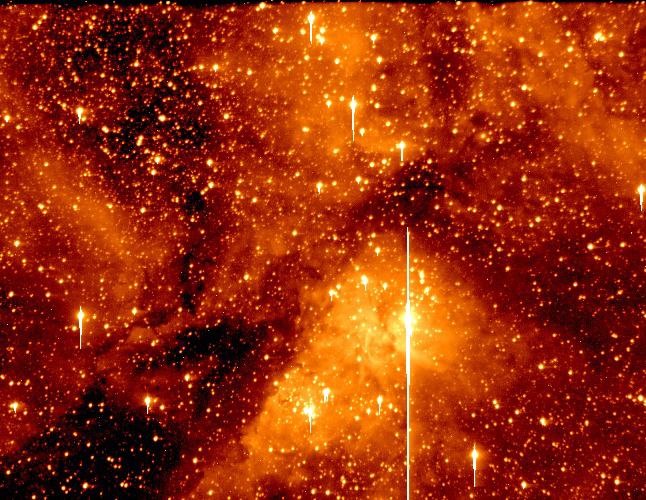

) Nilay.jpeg)

